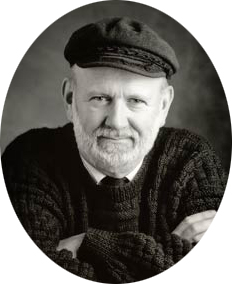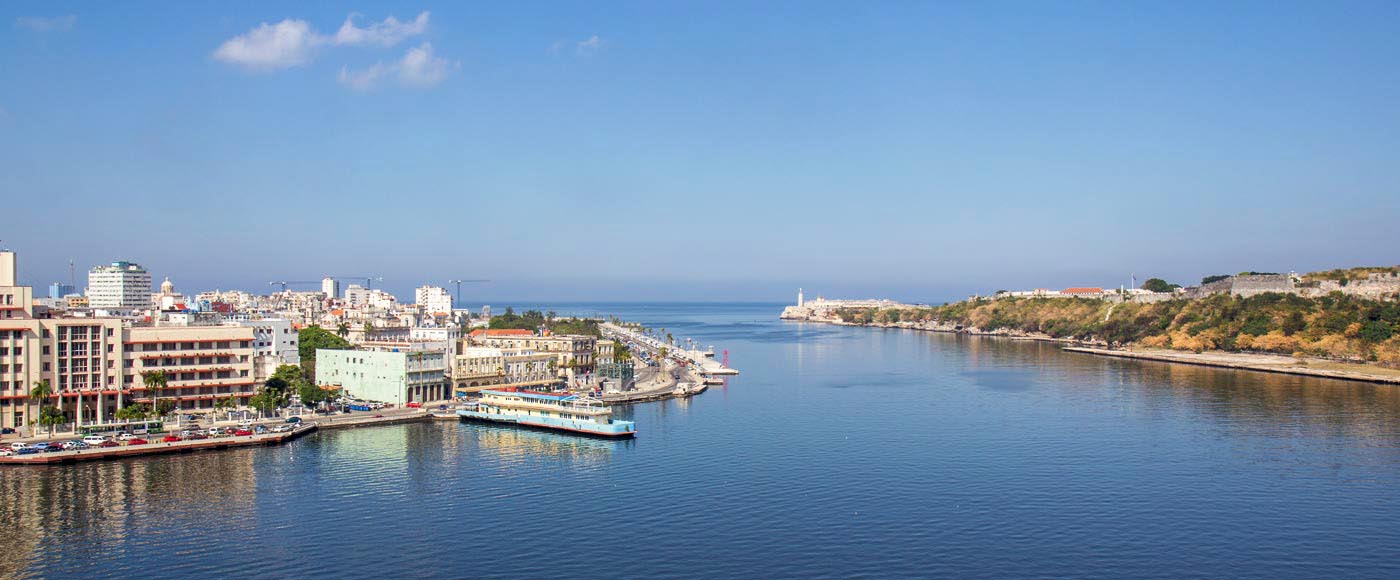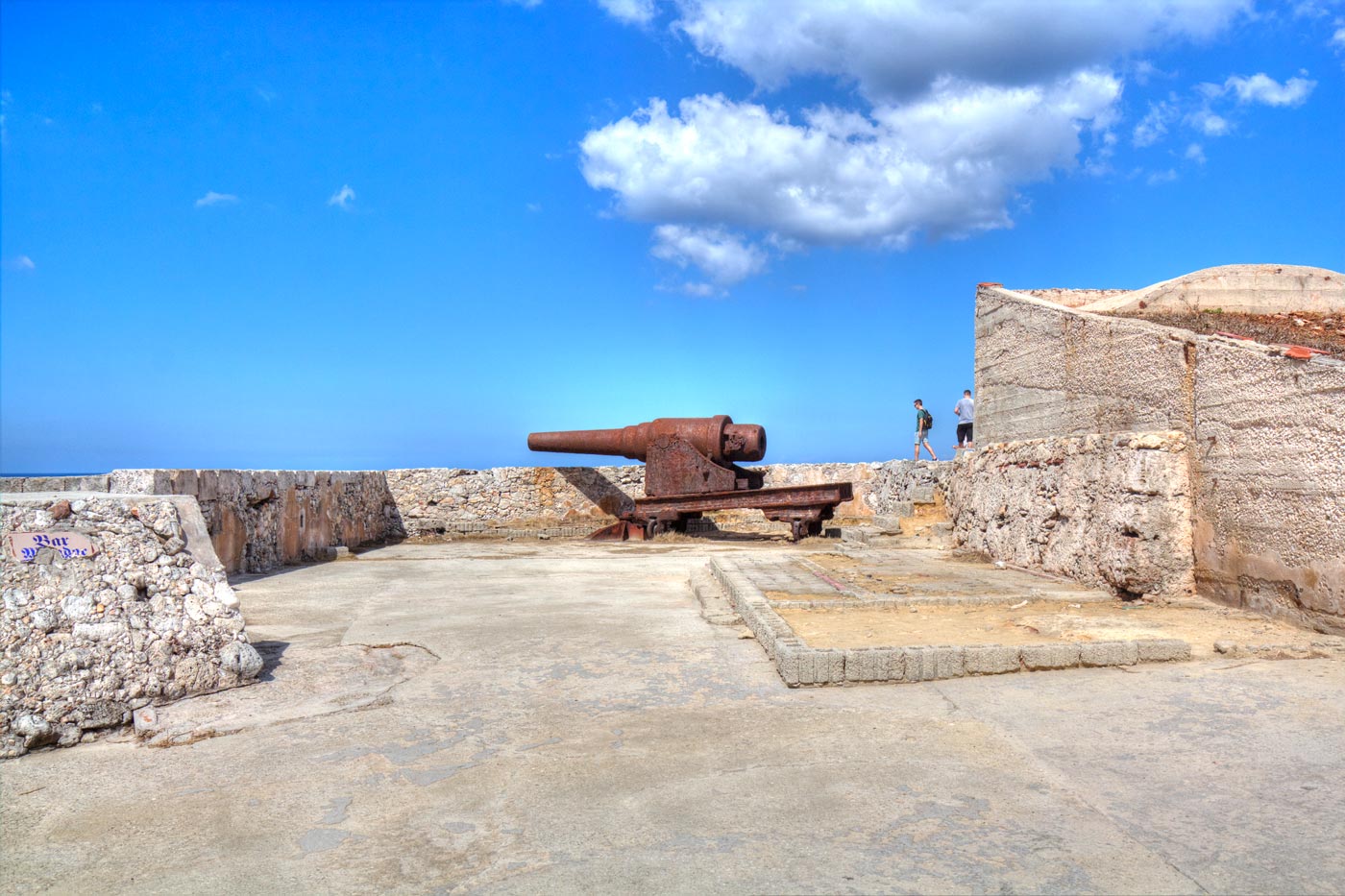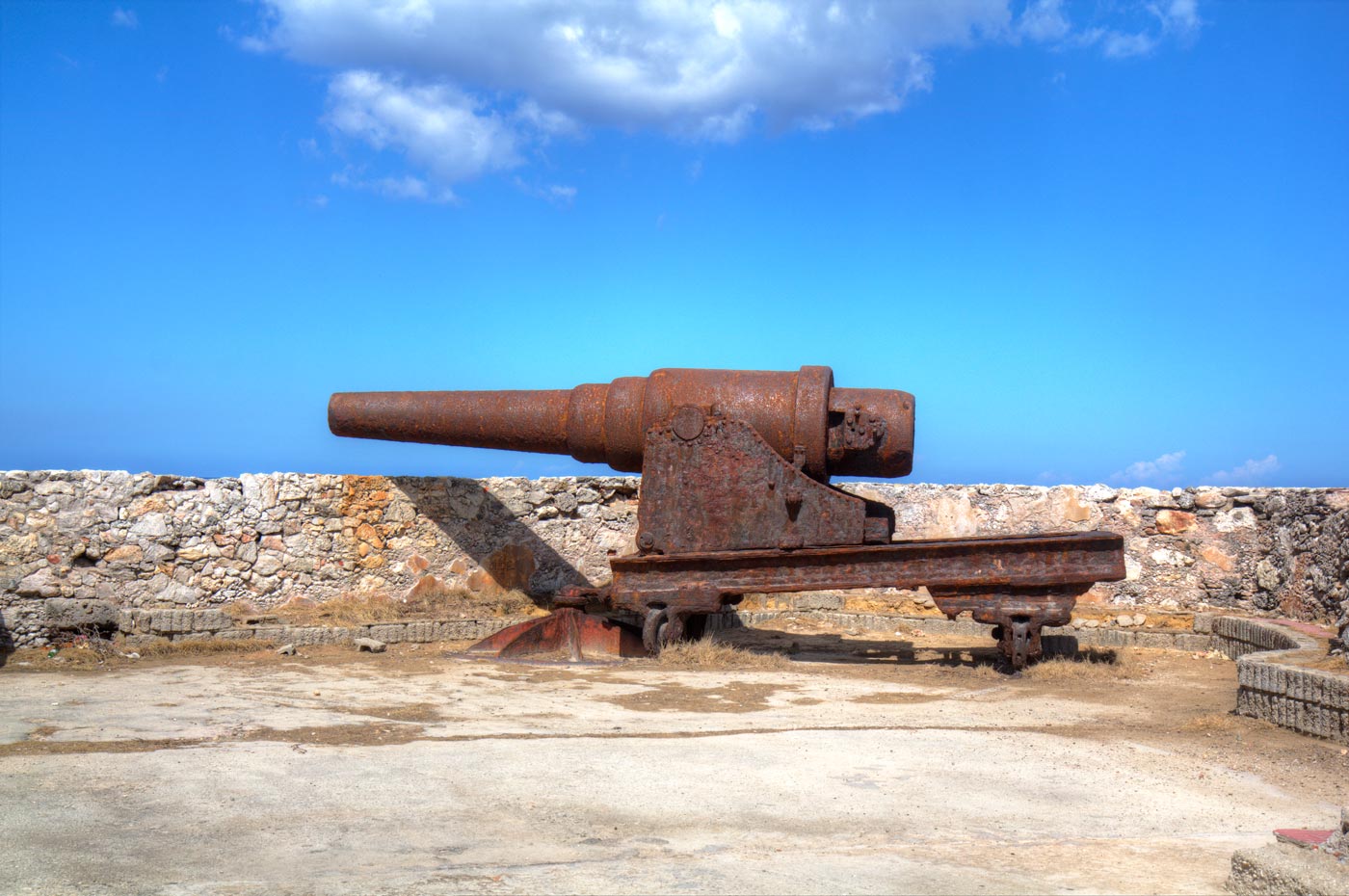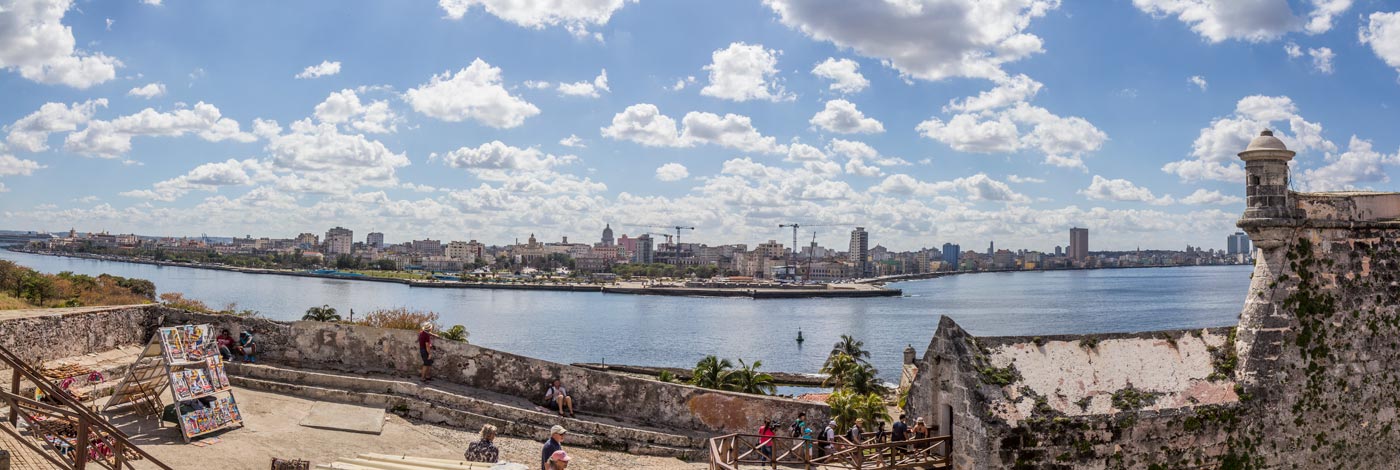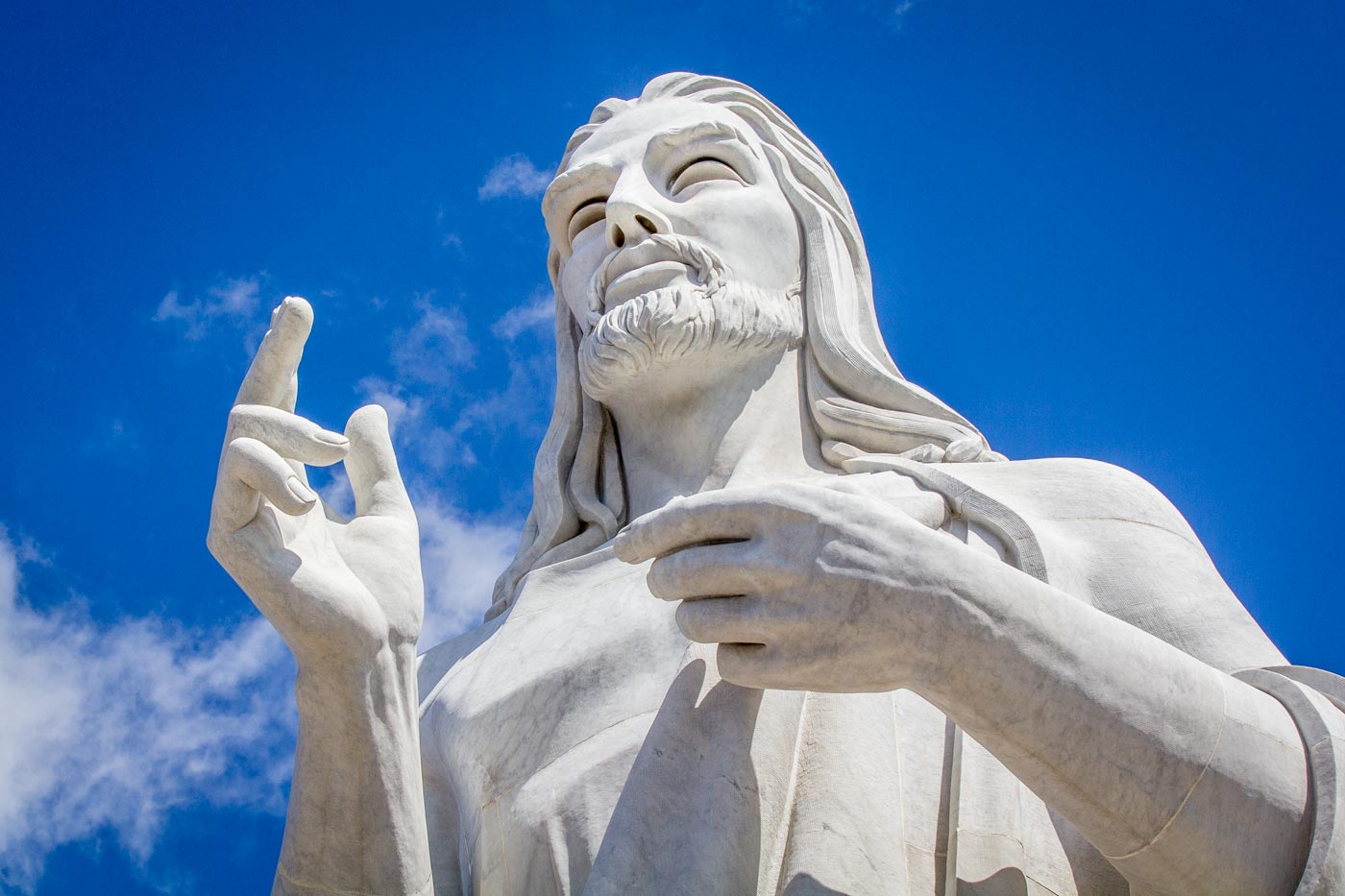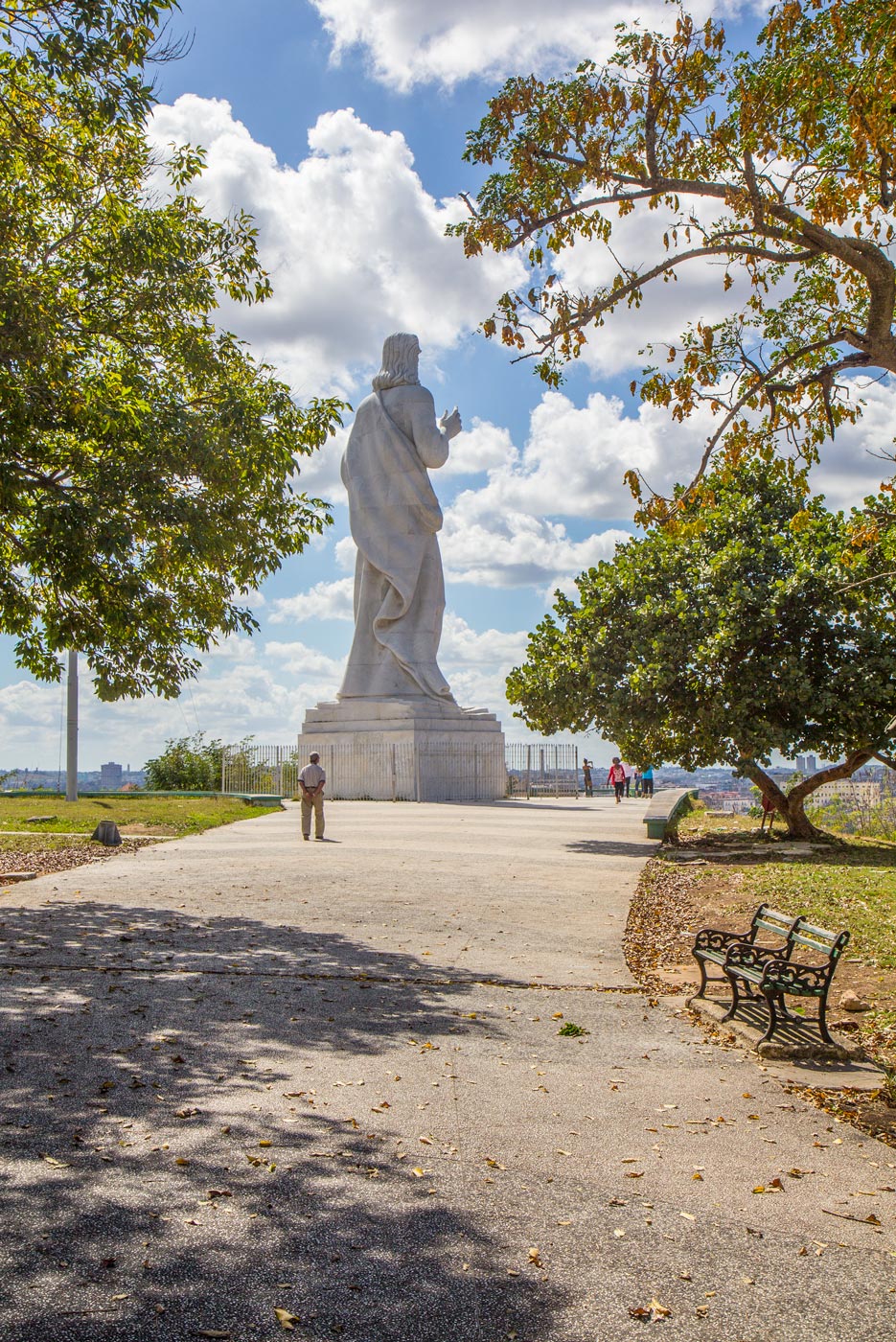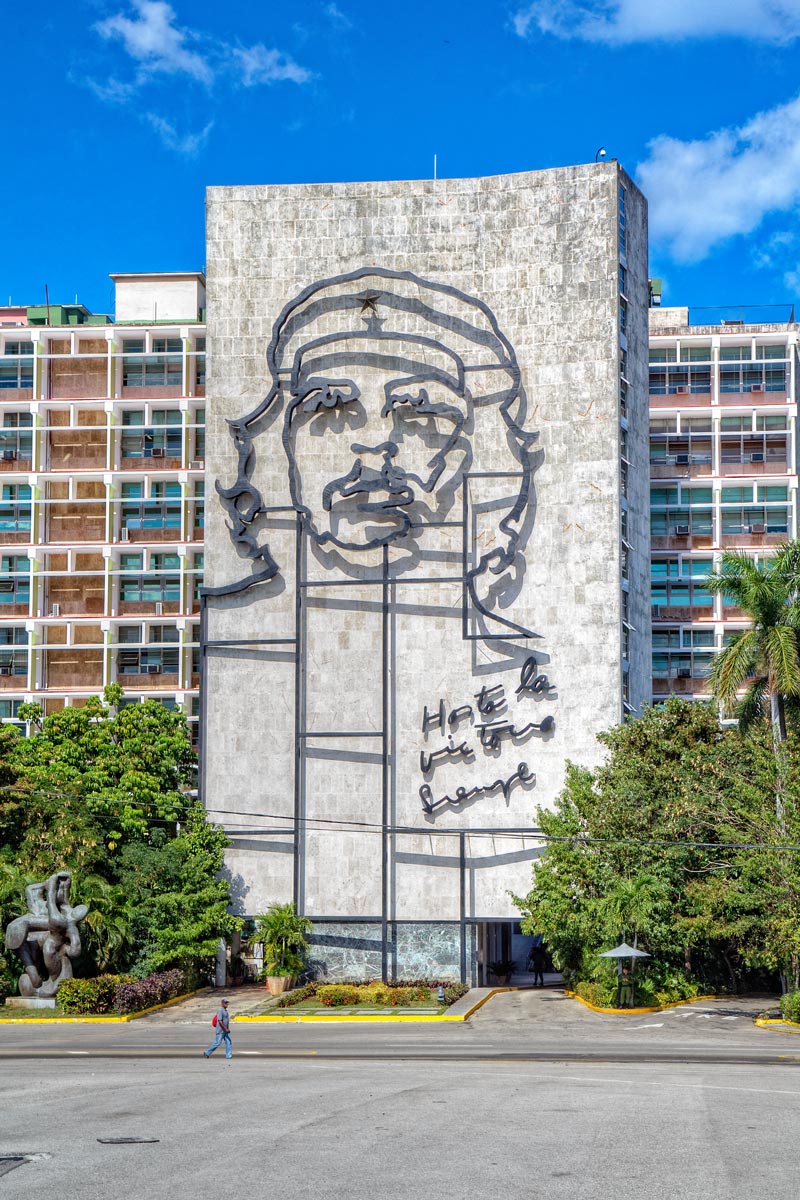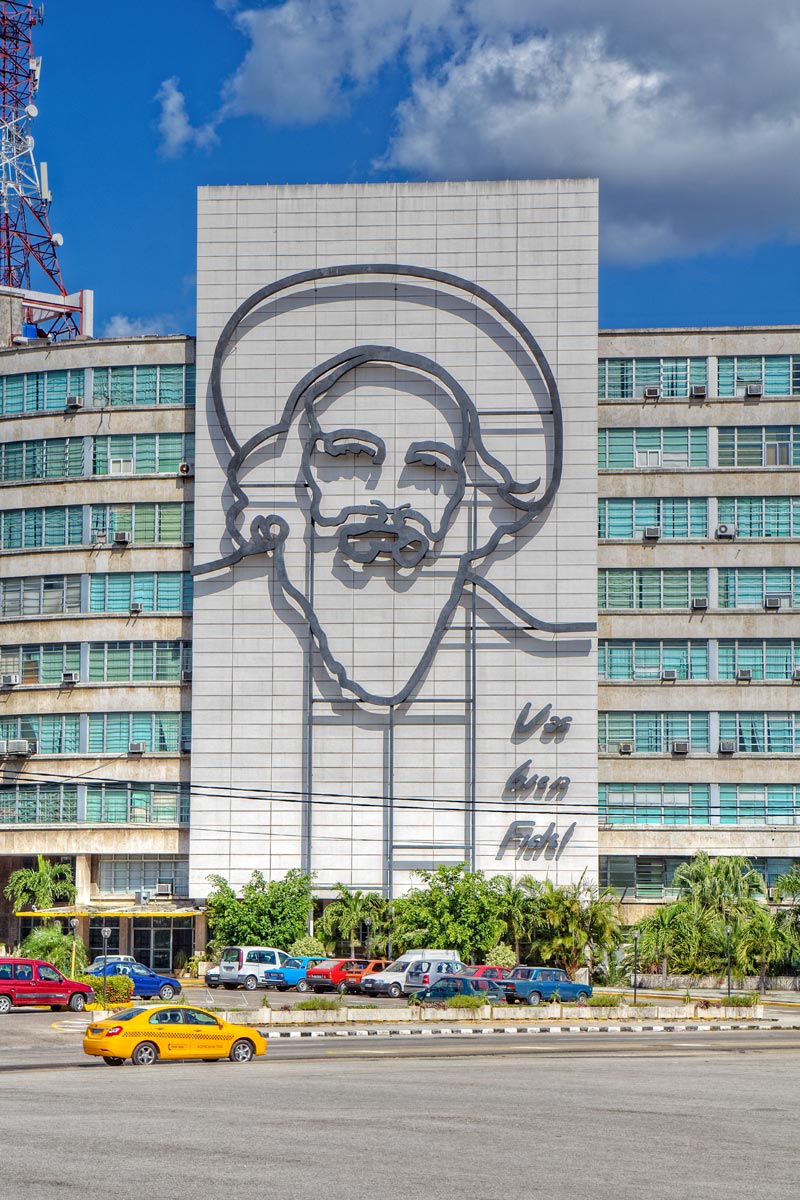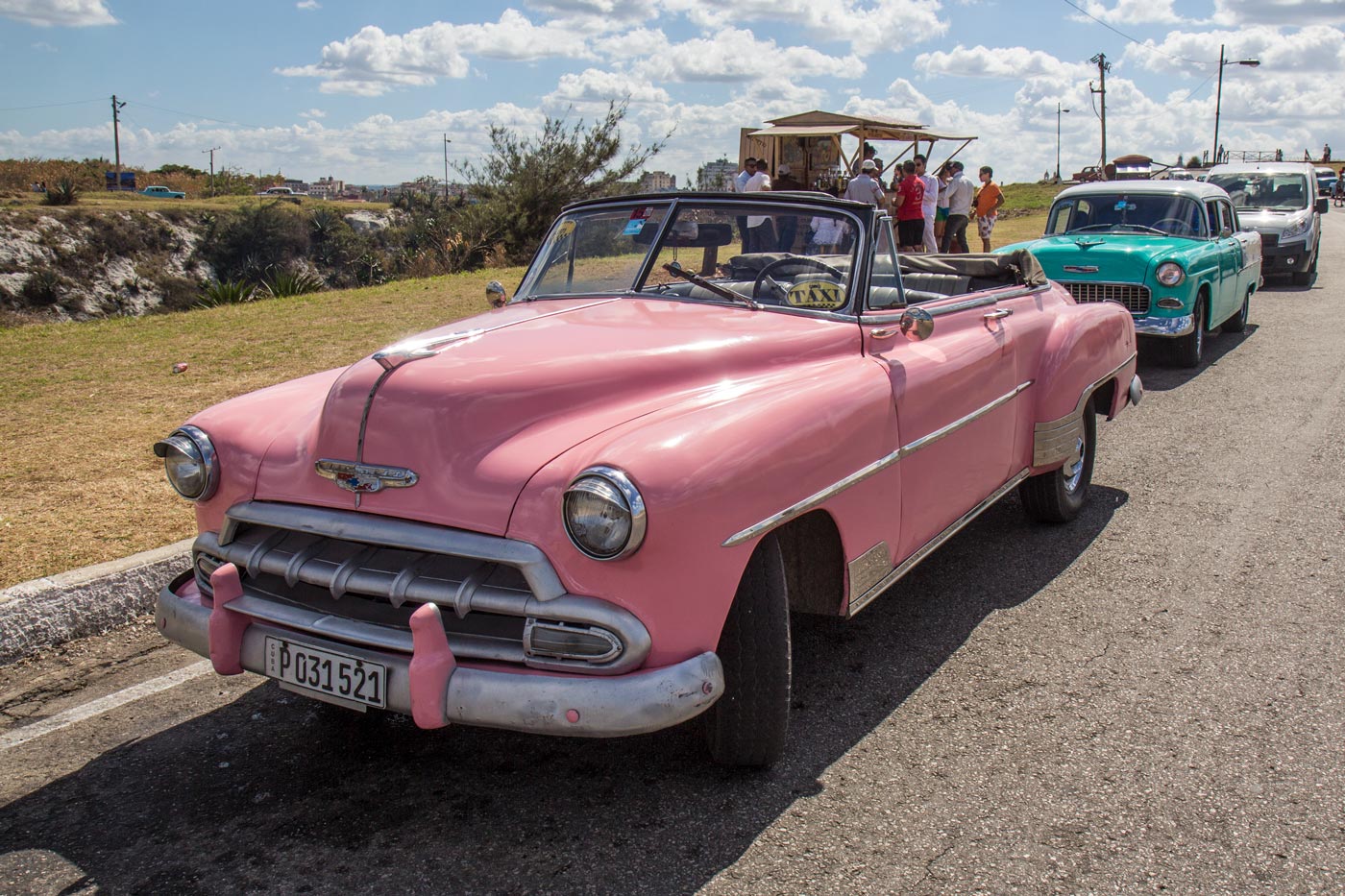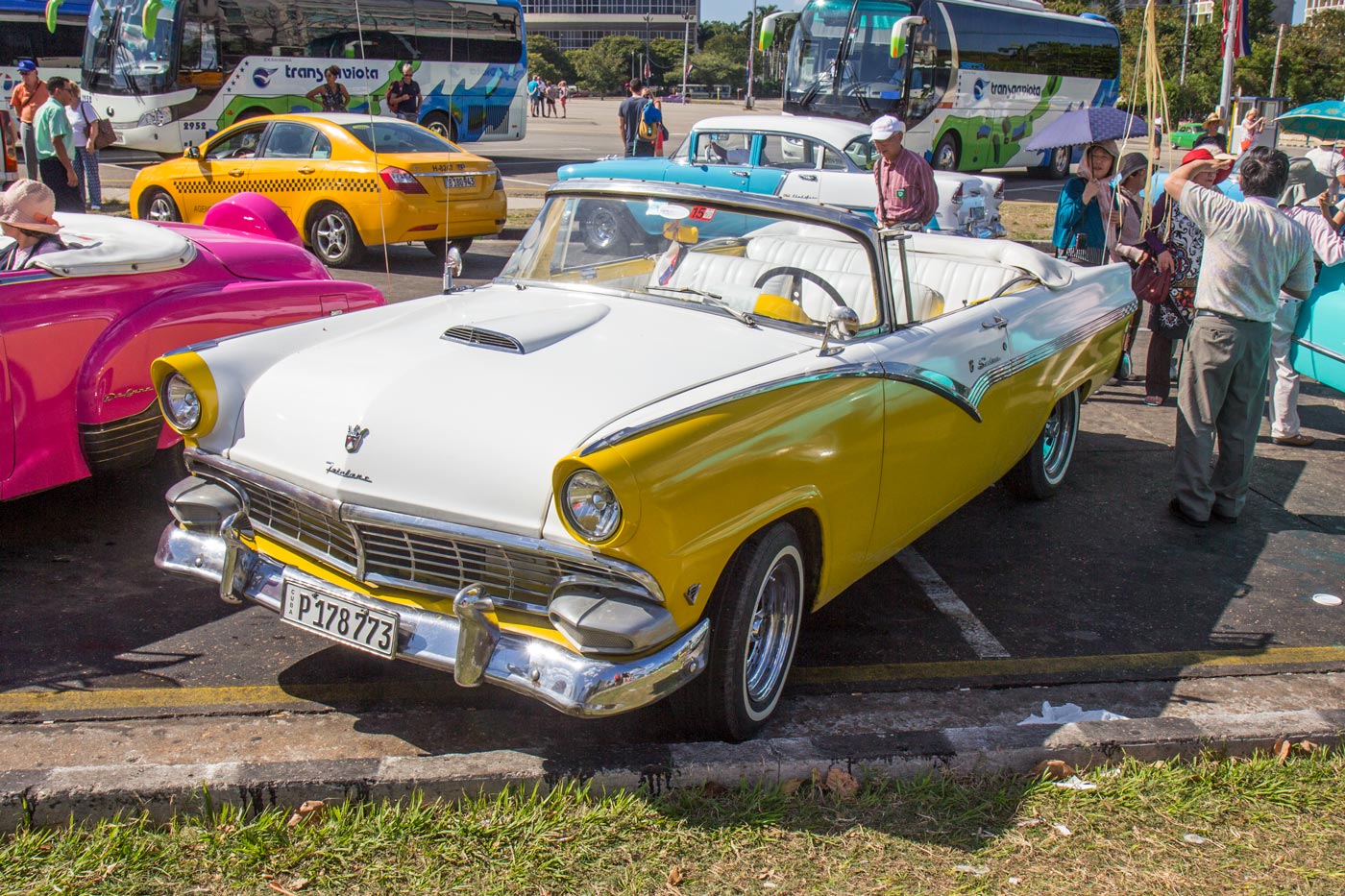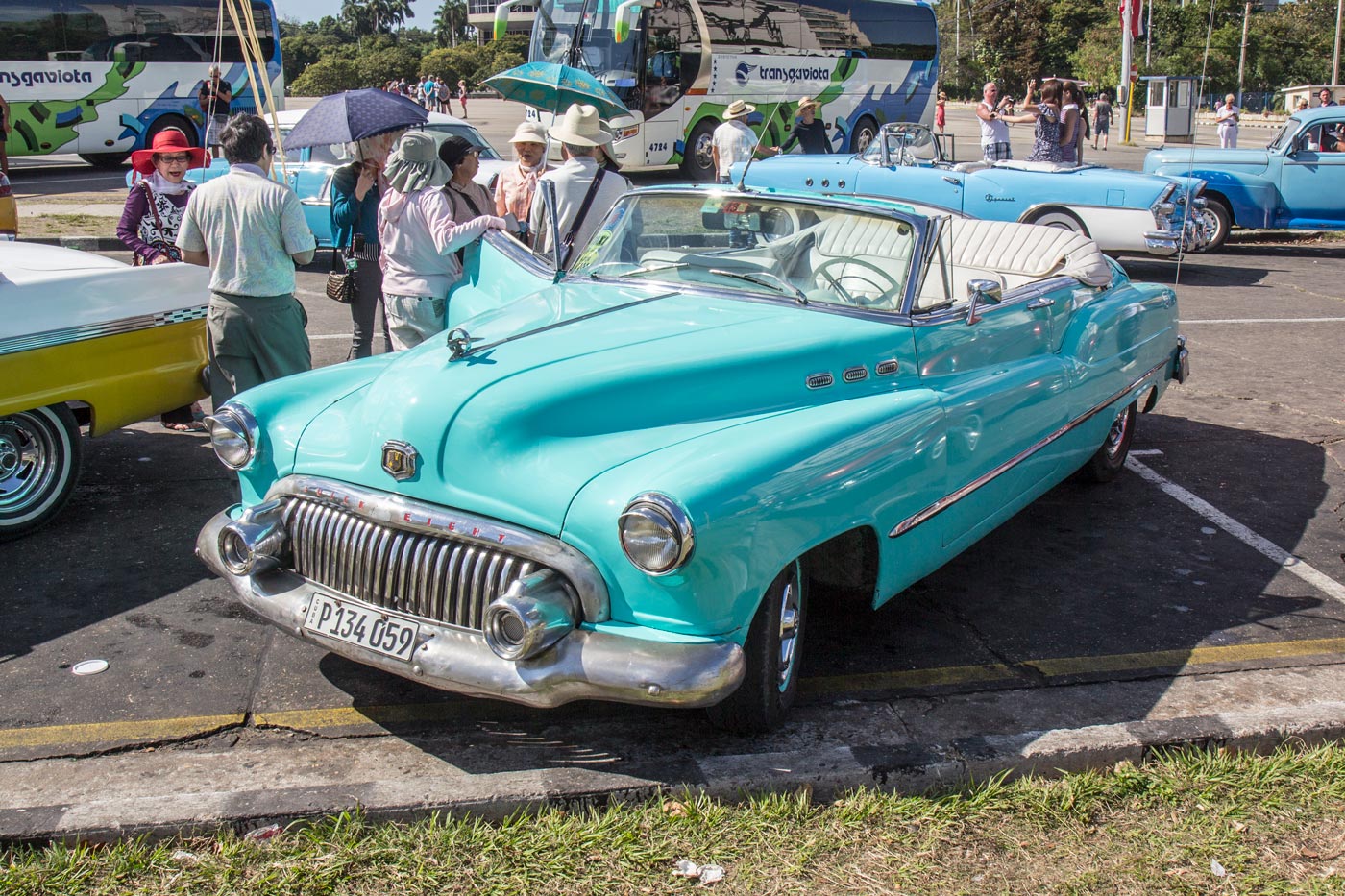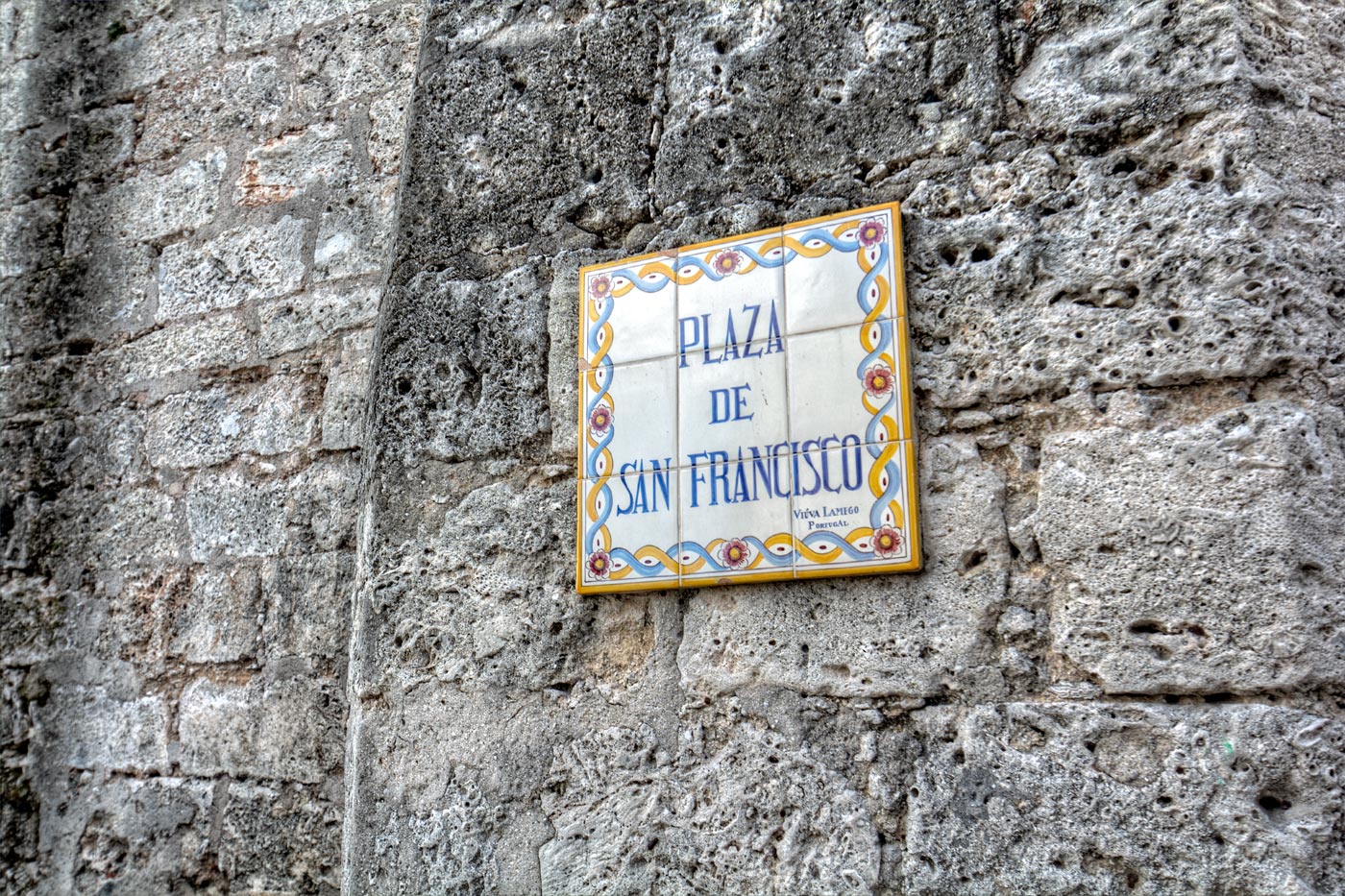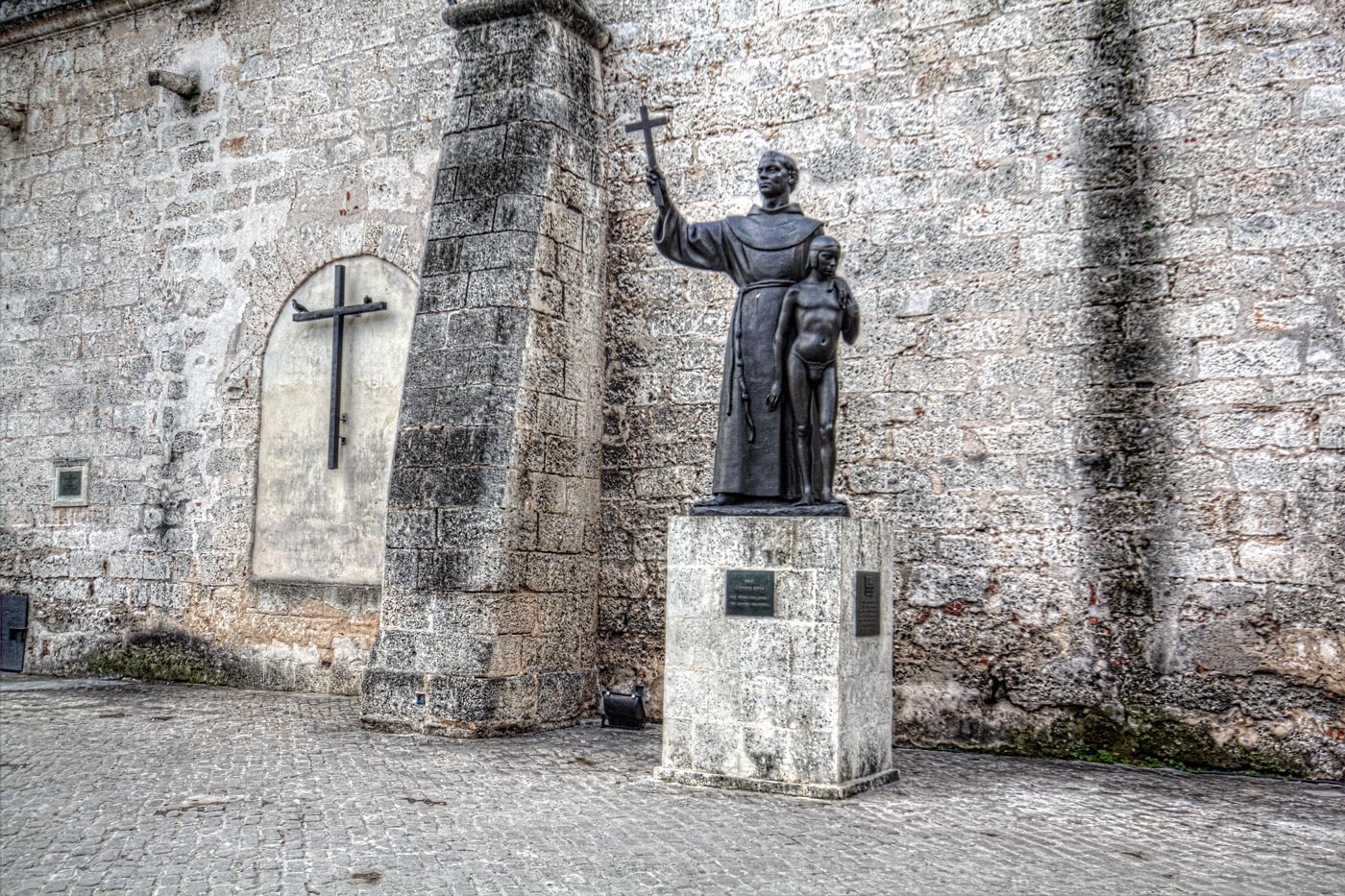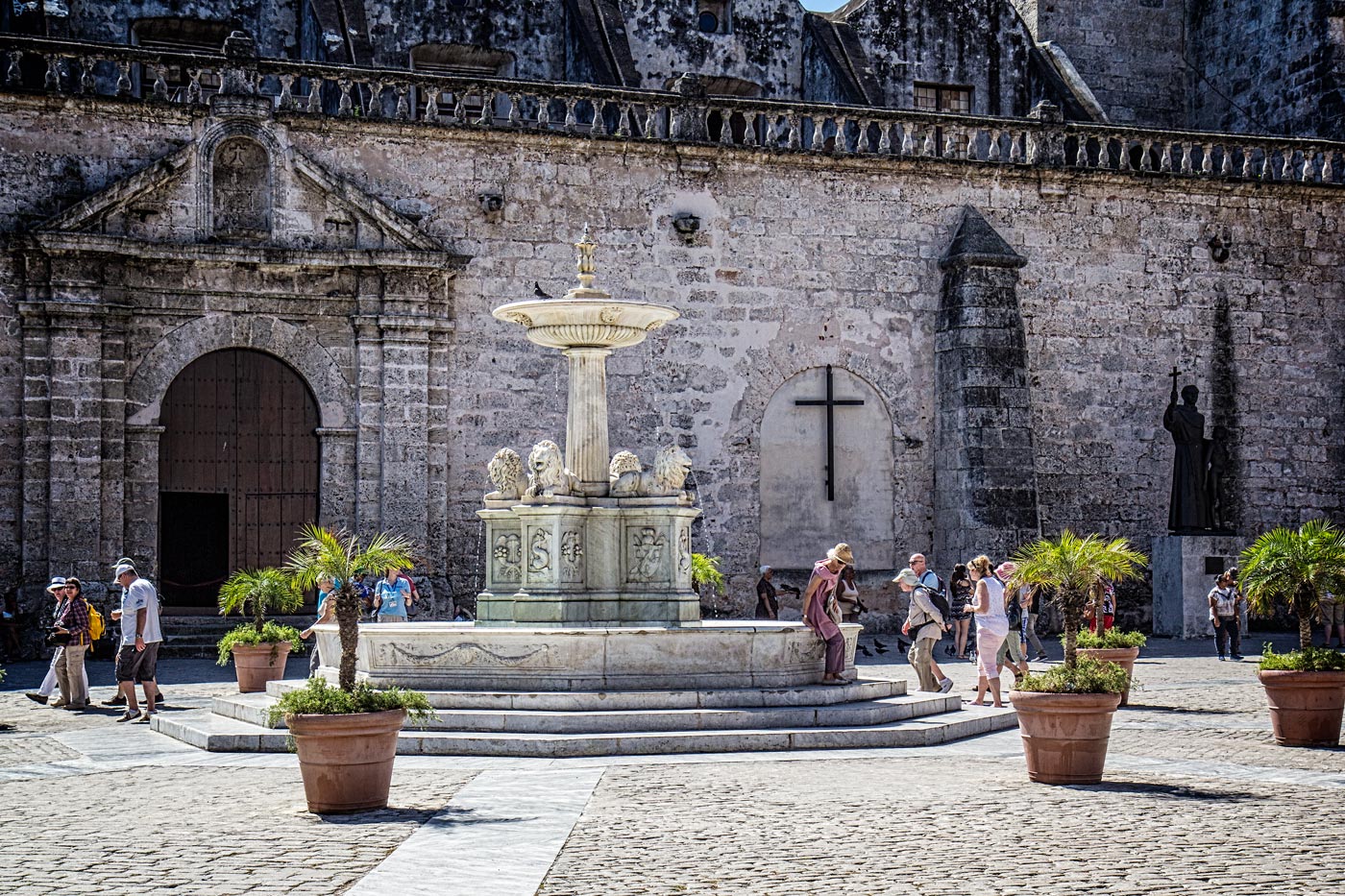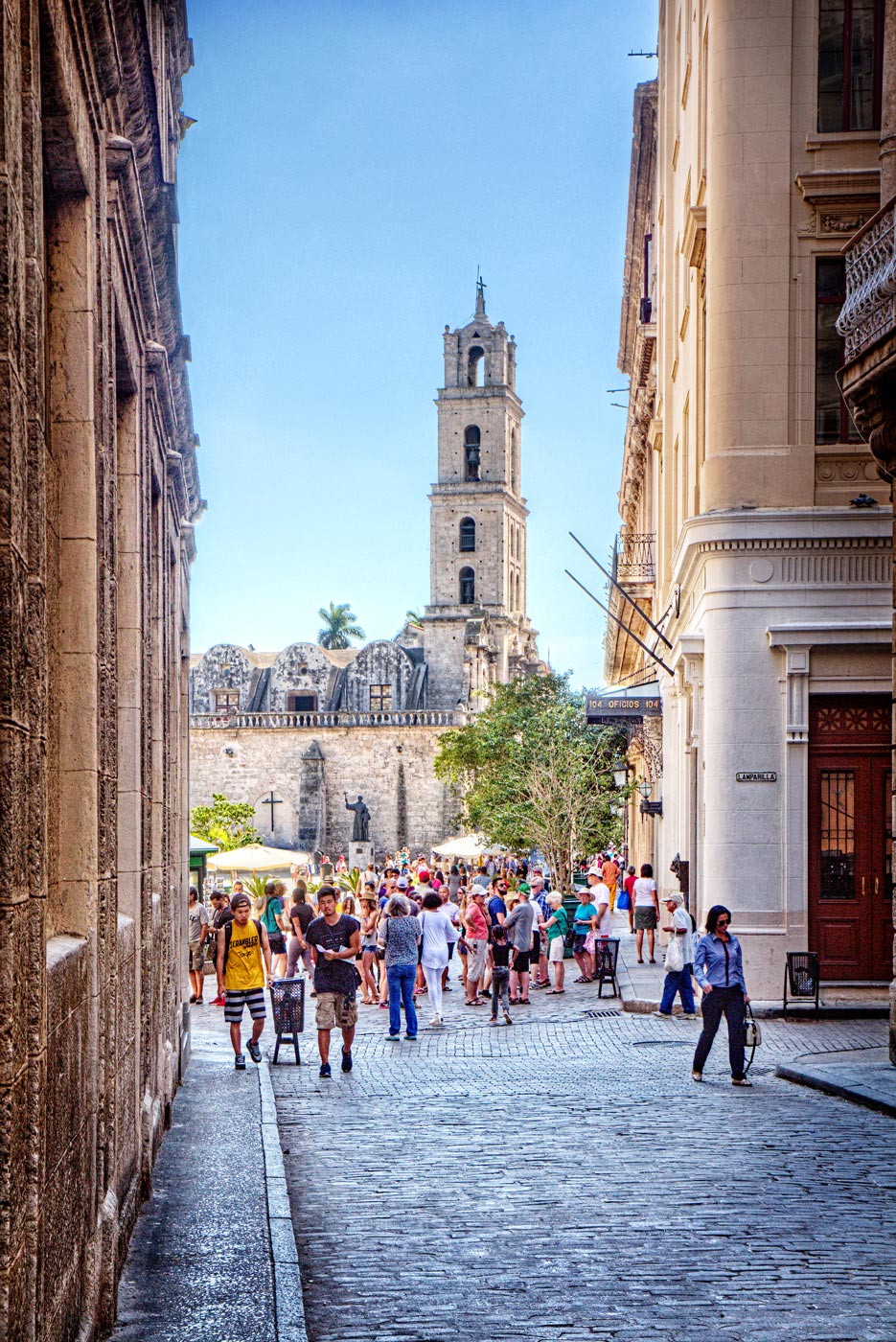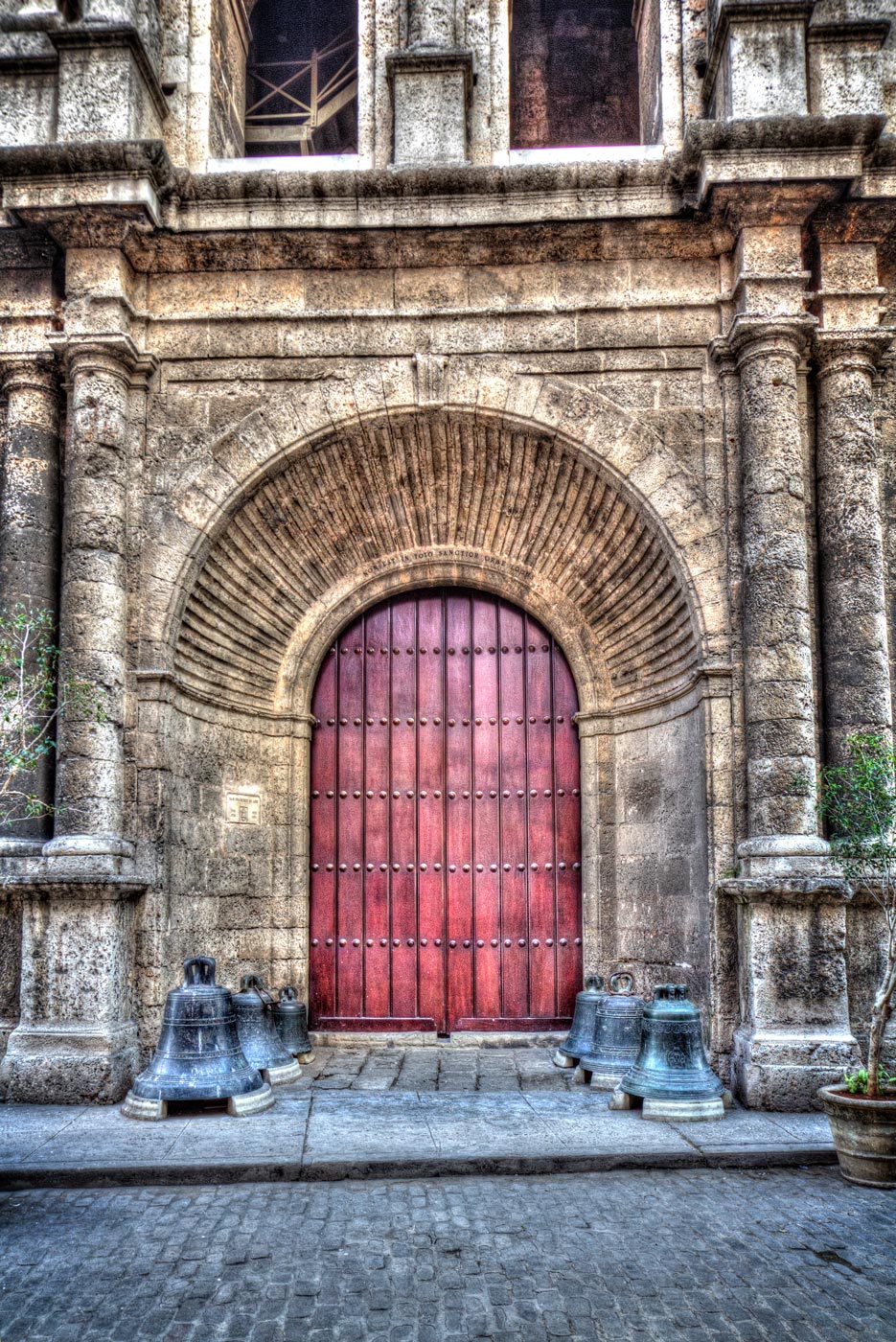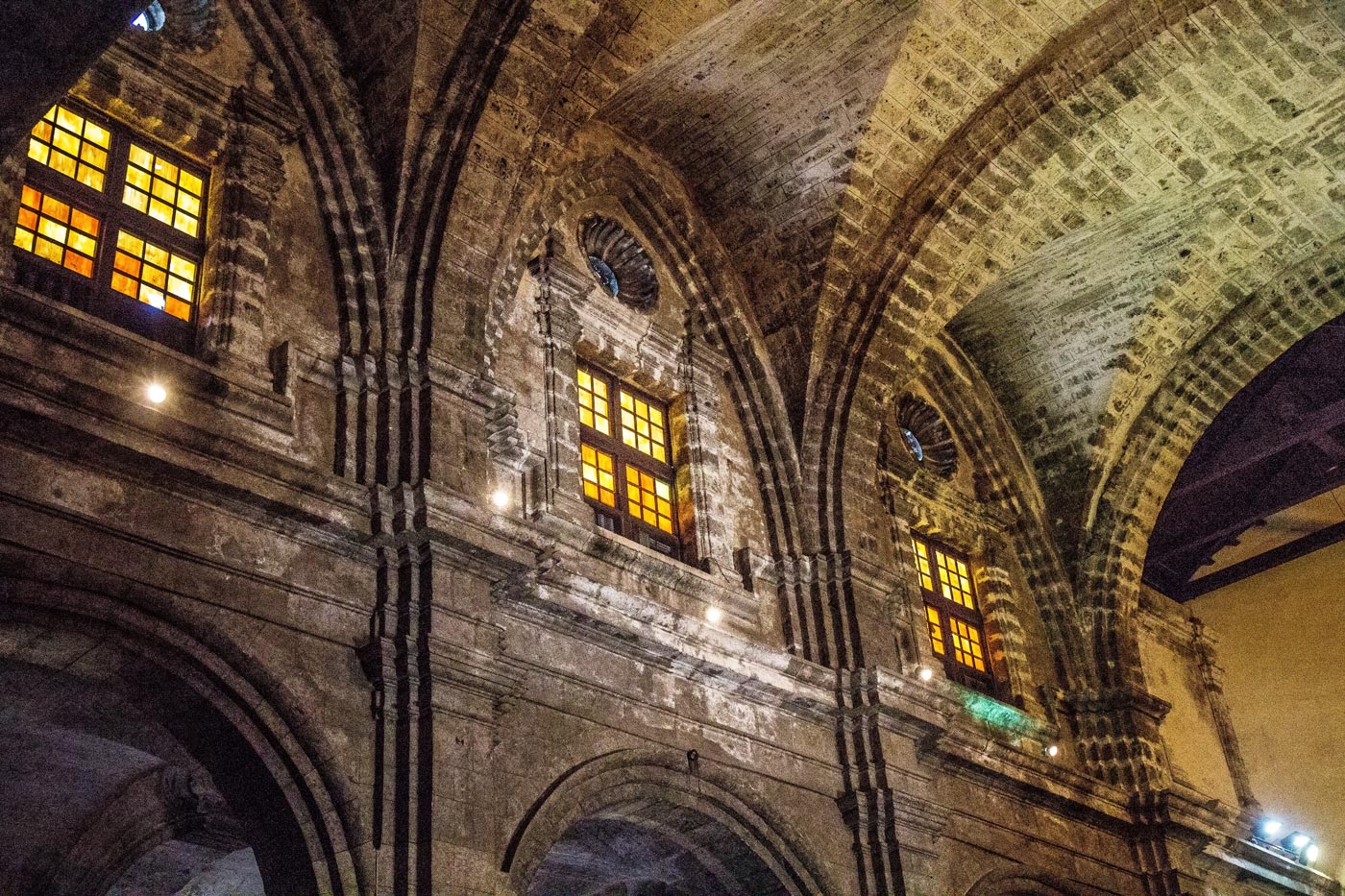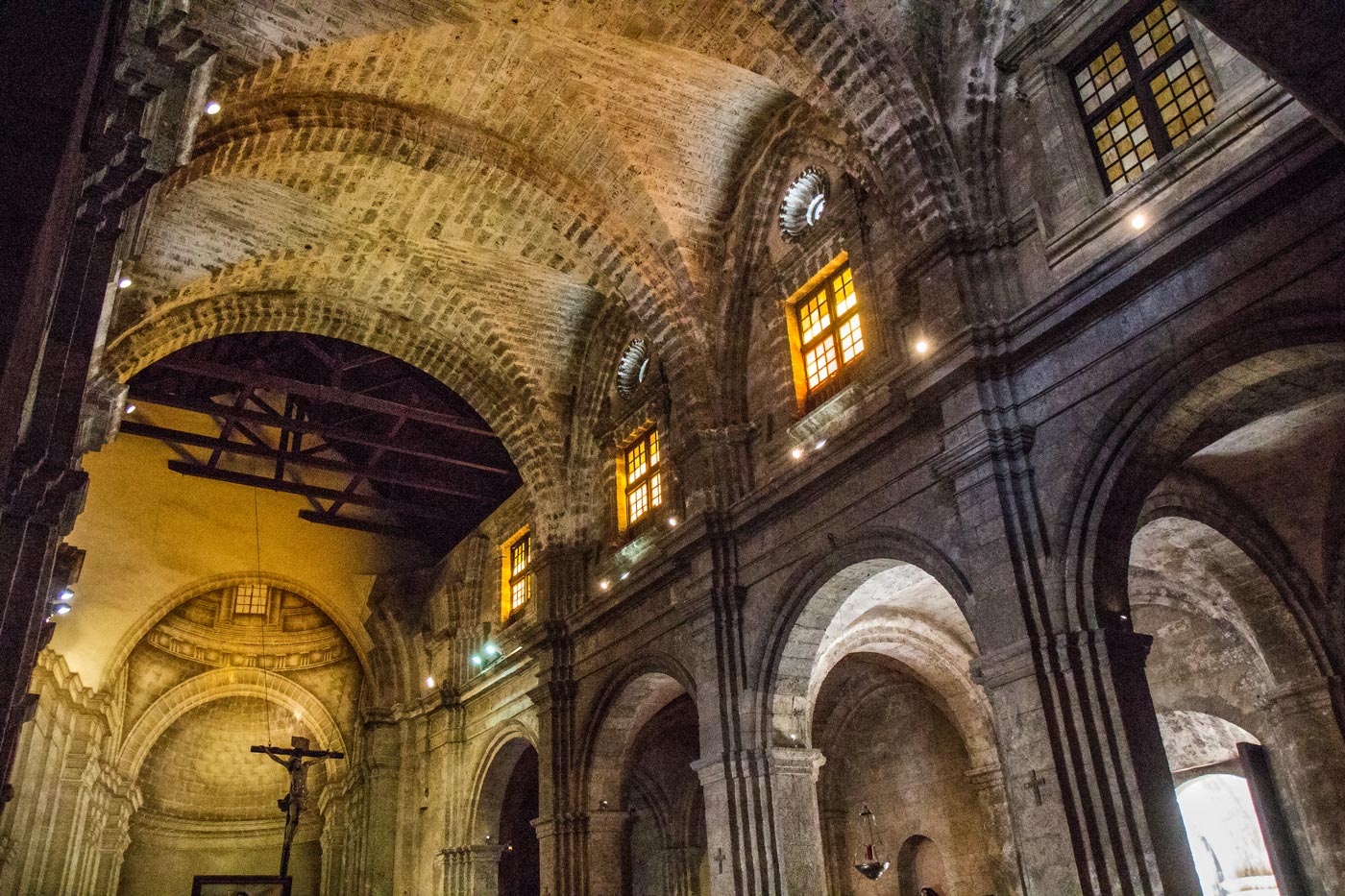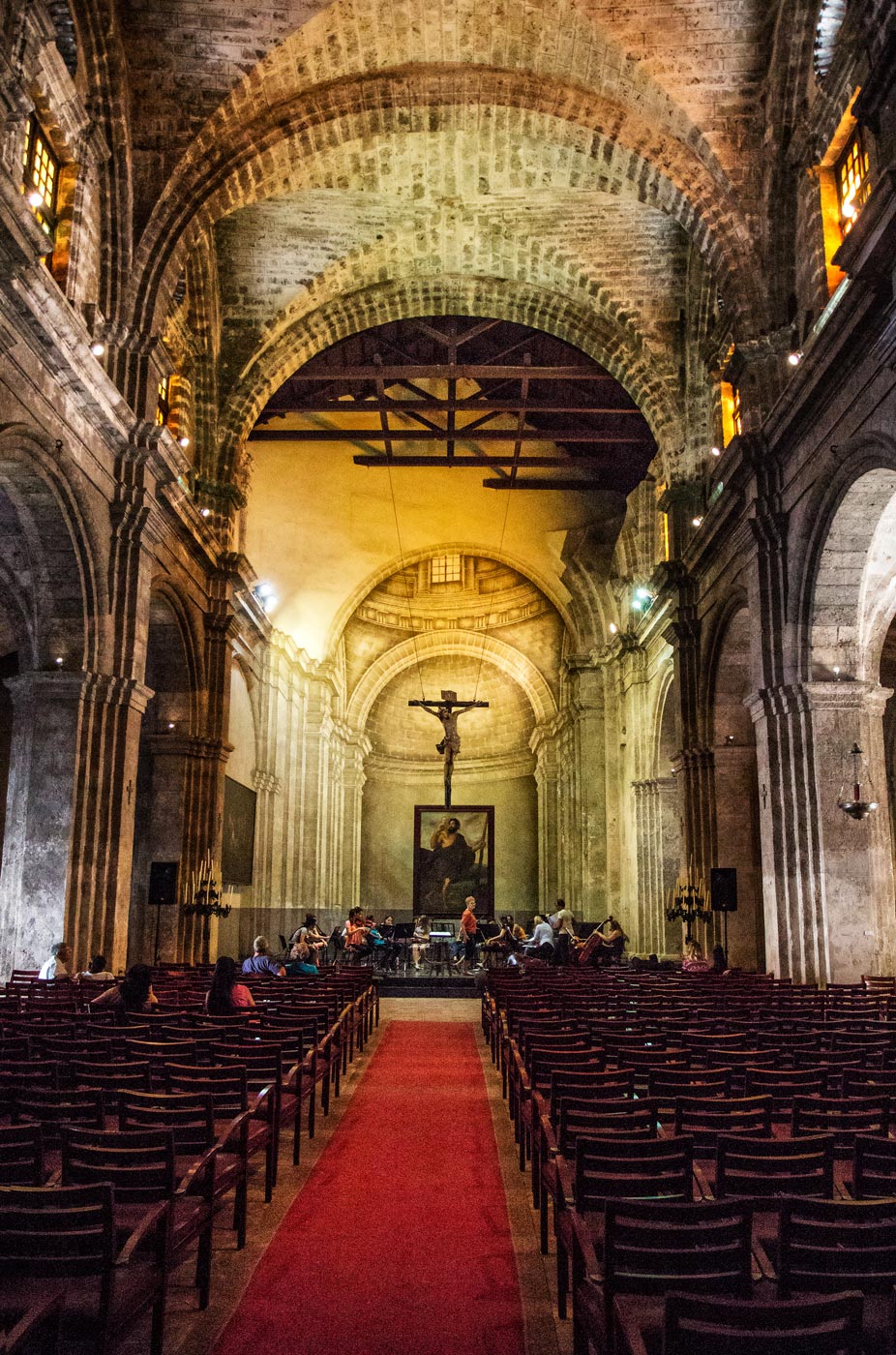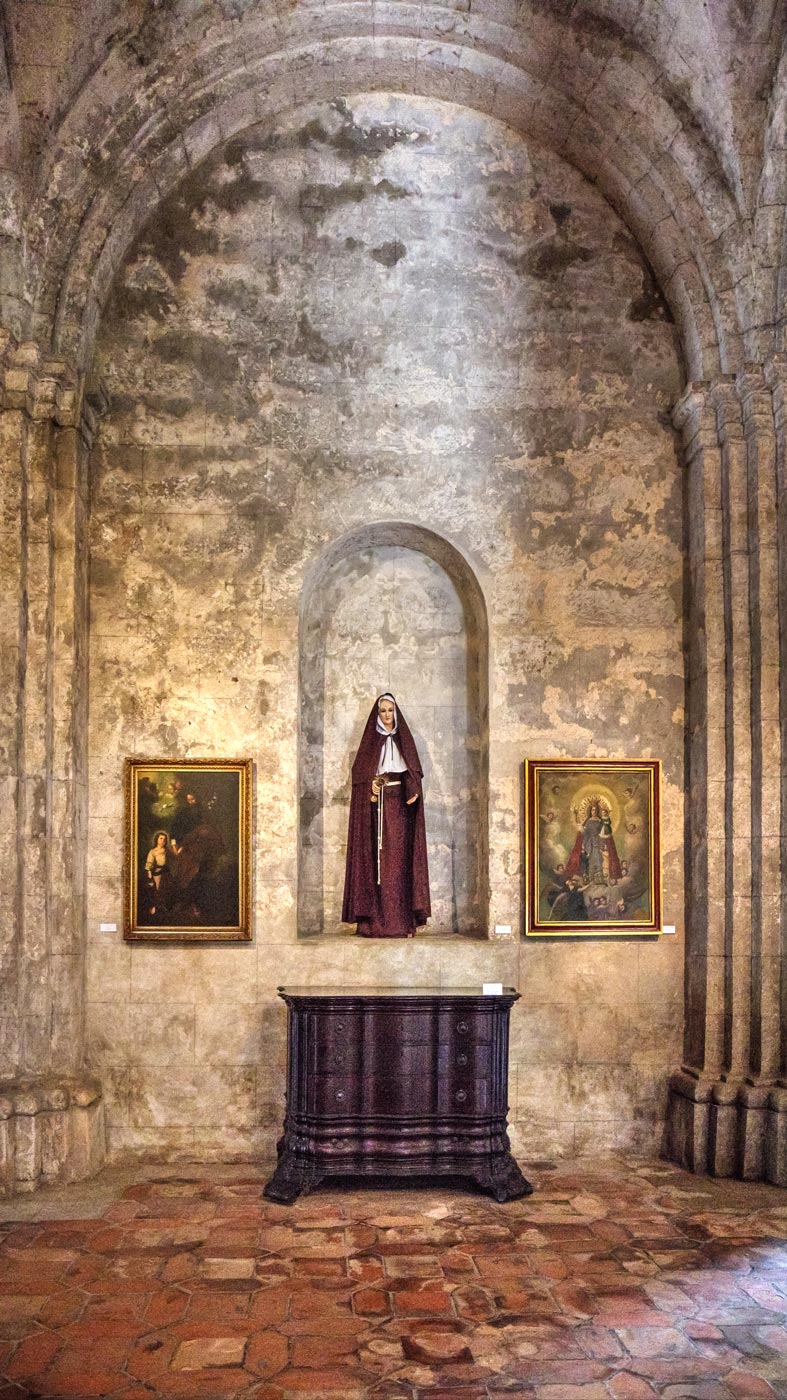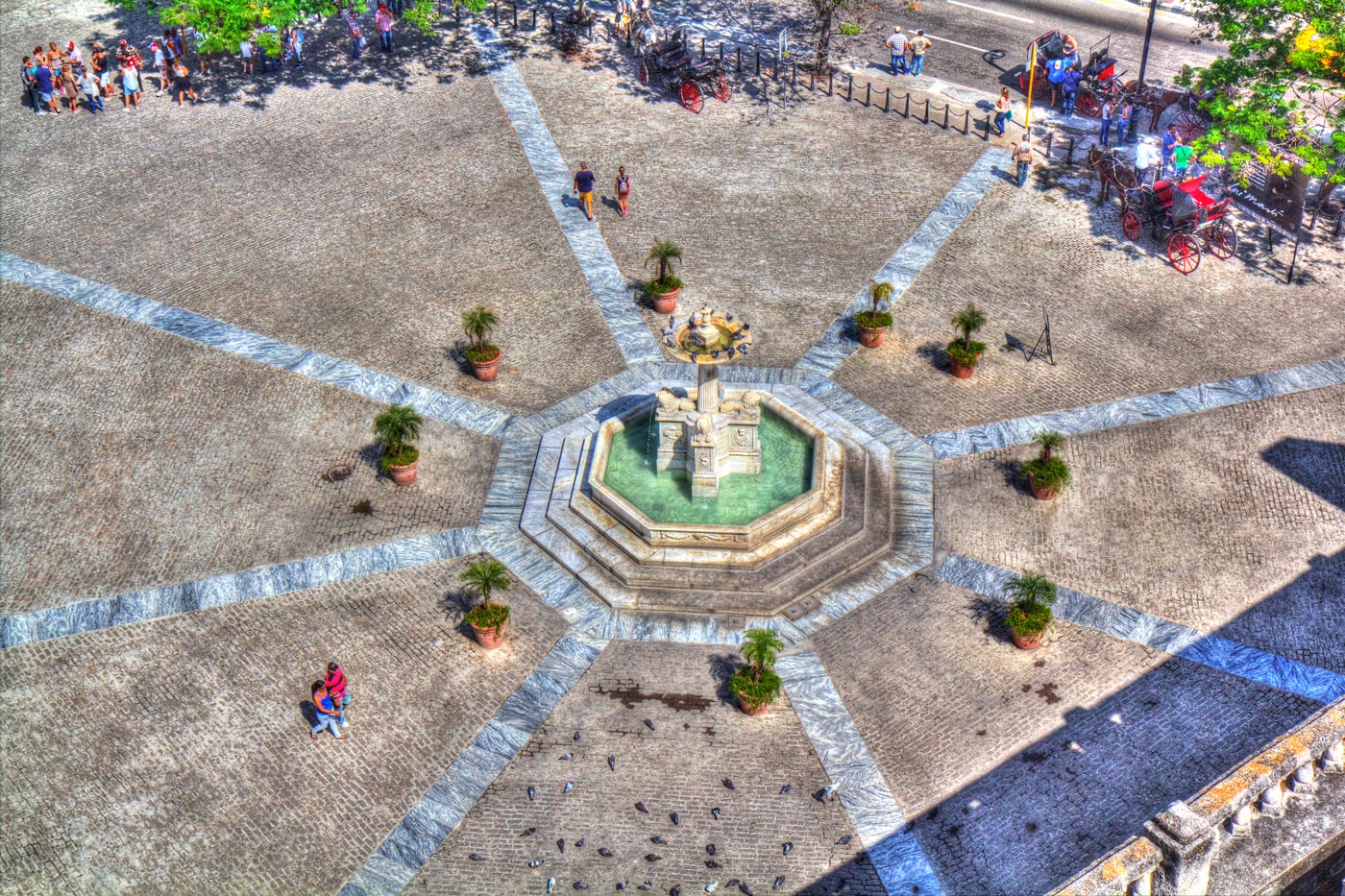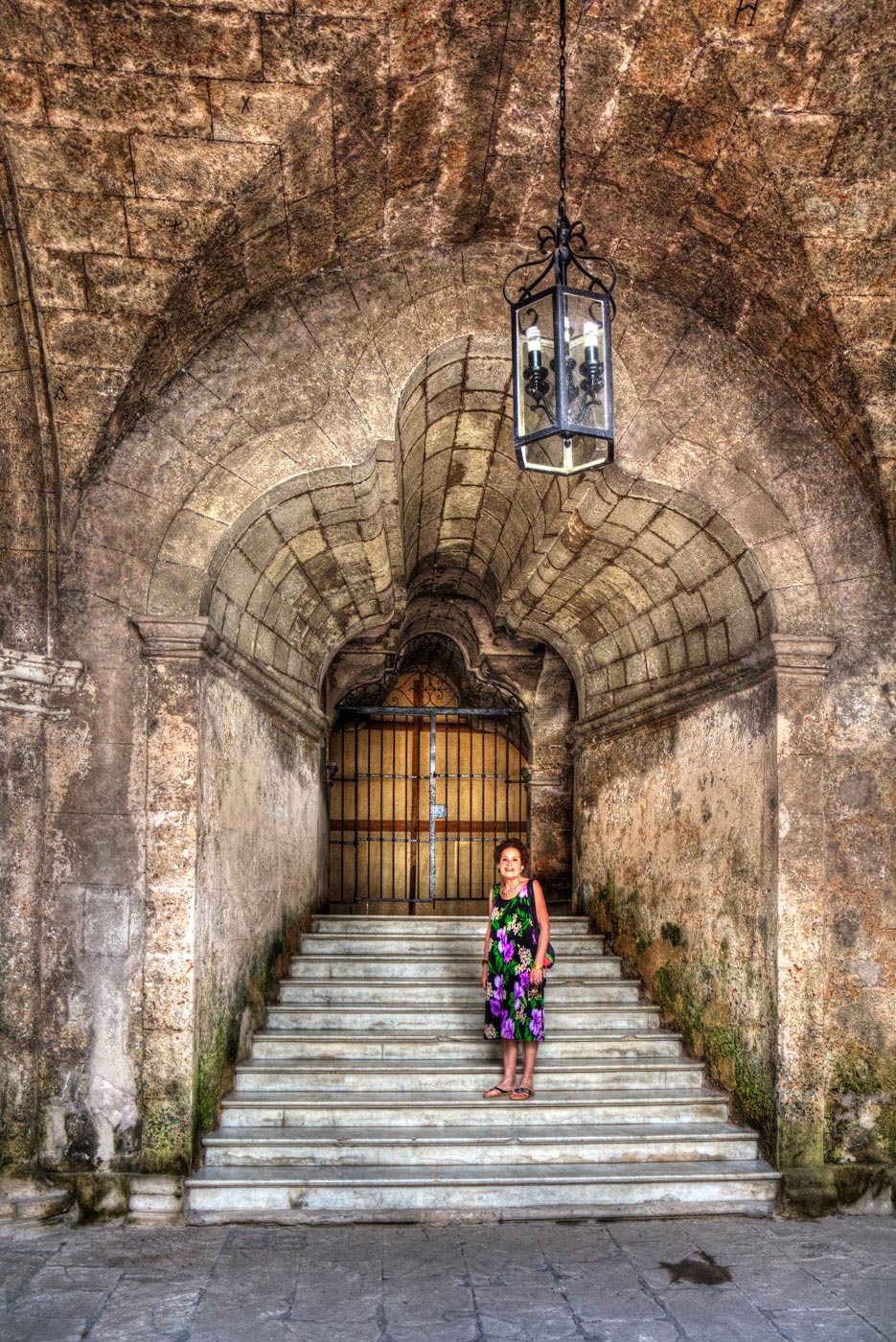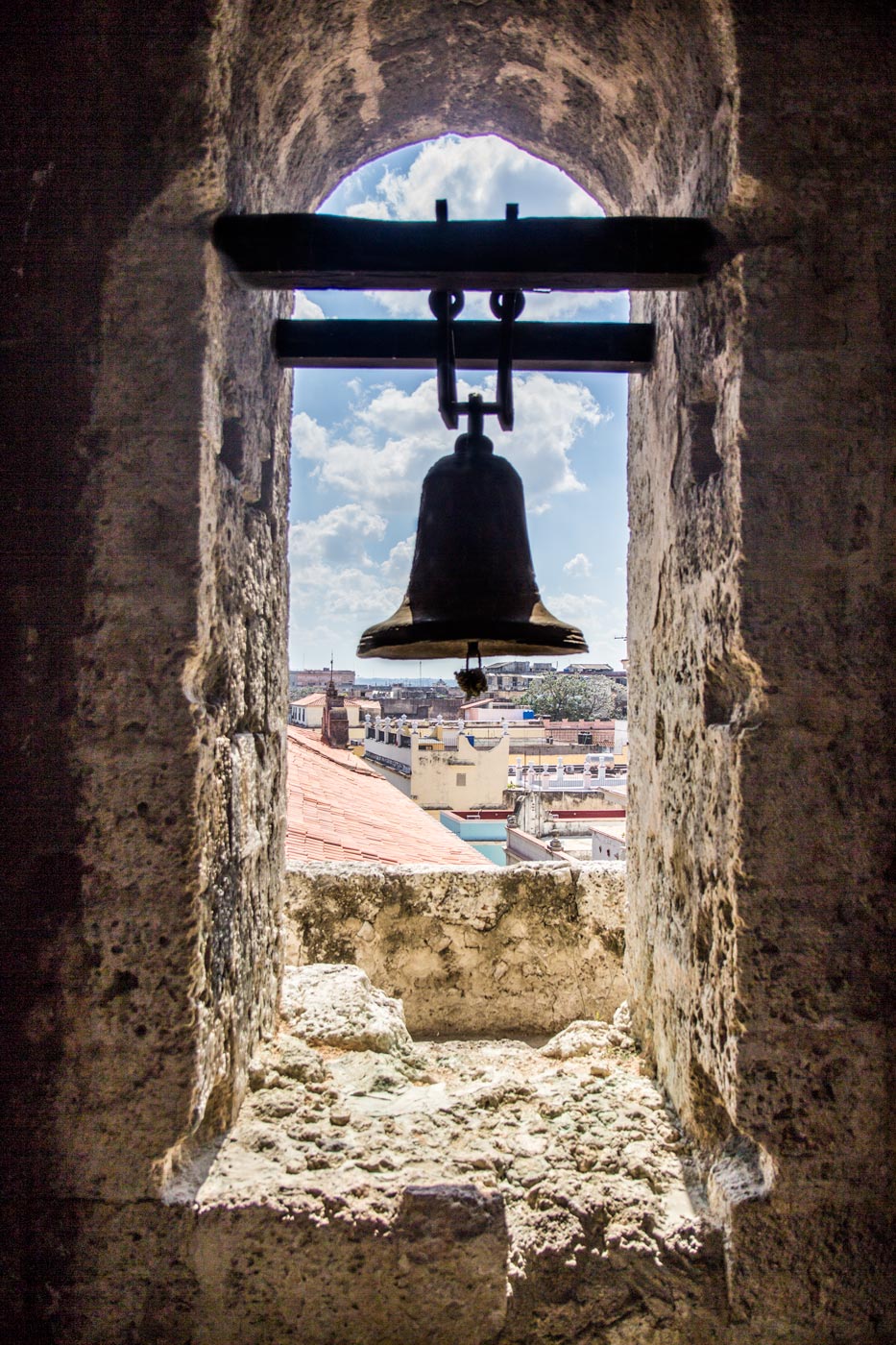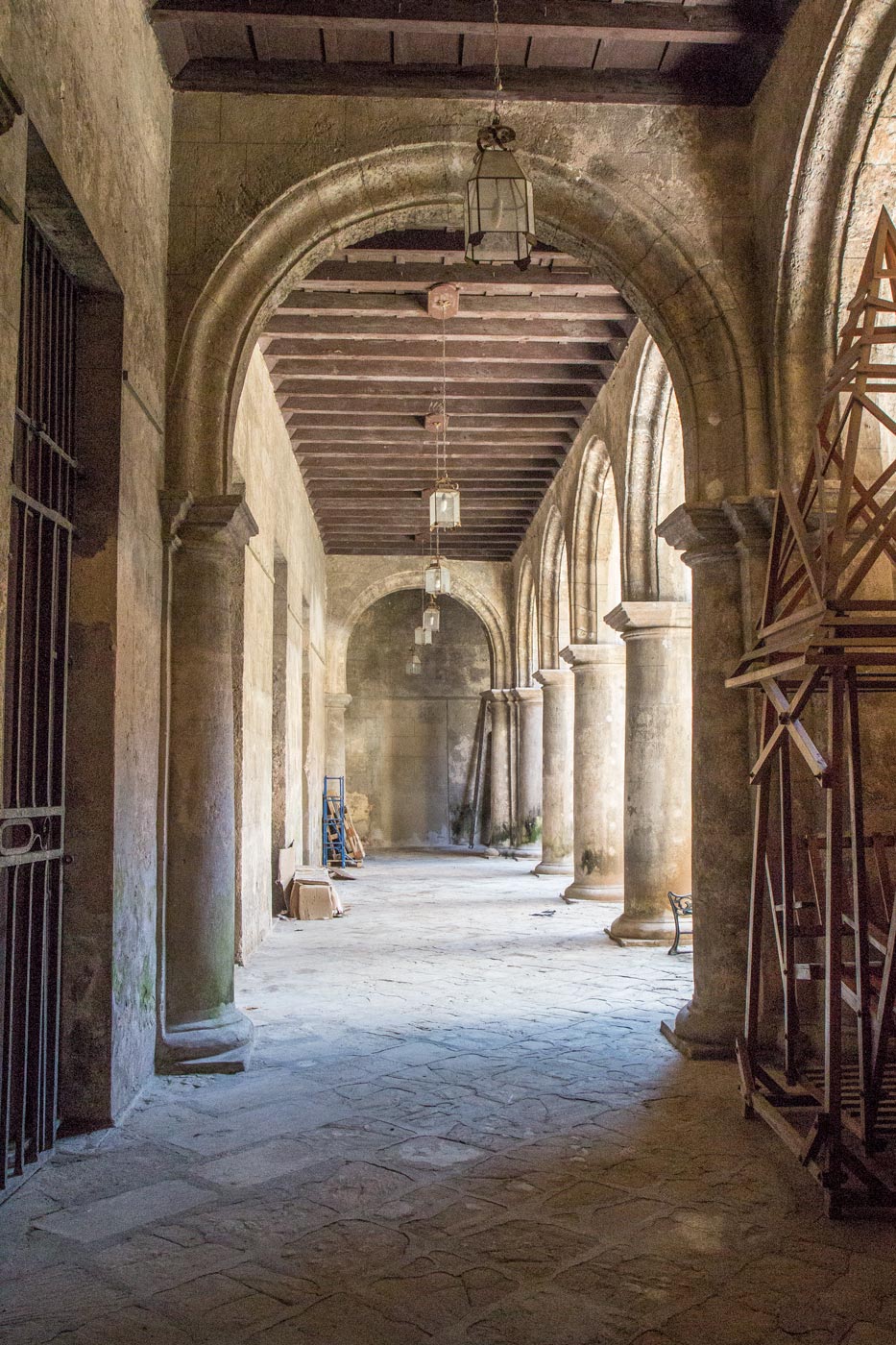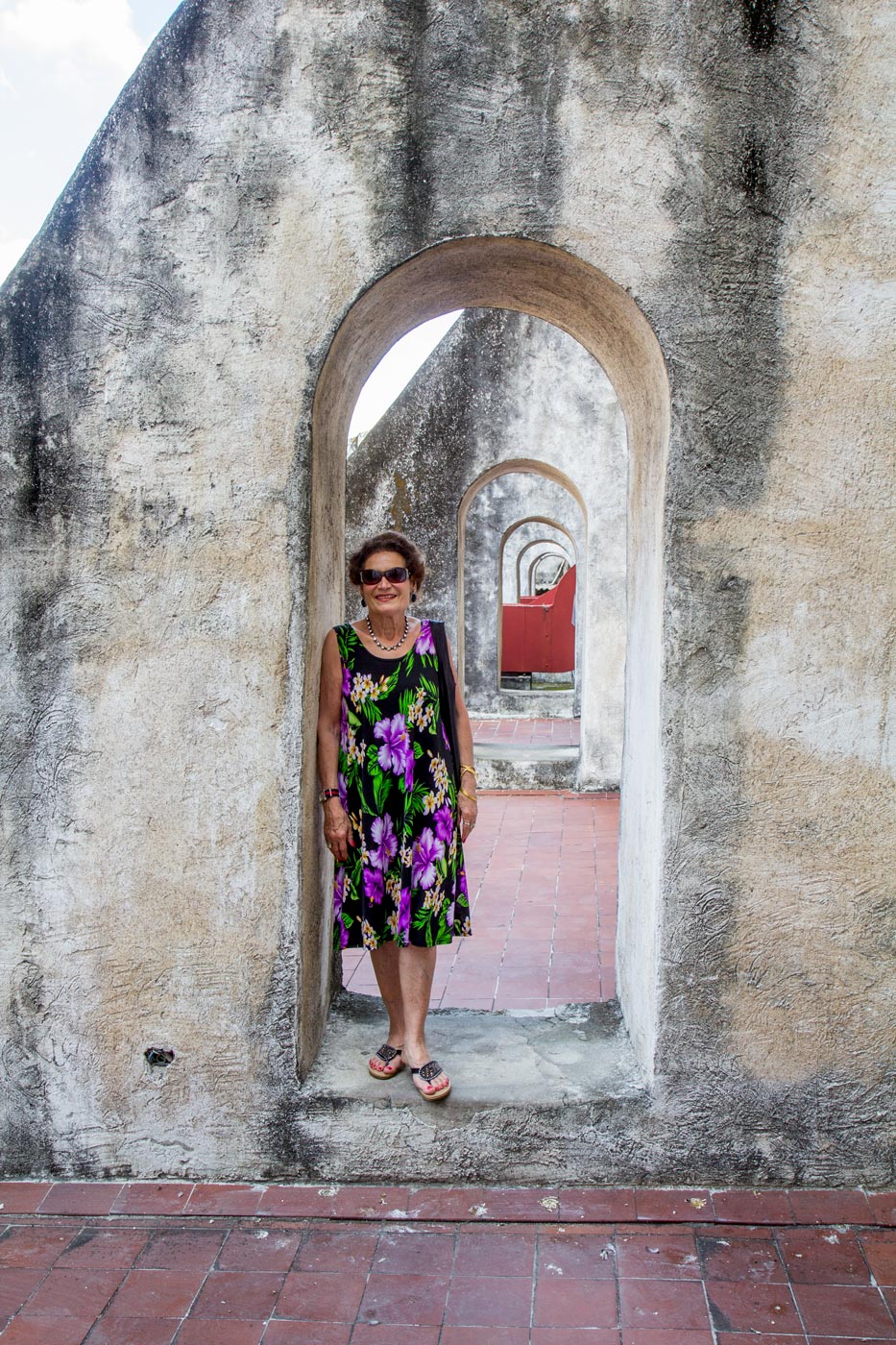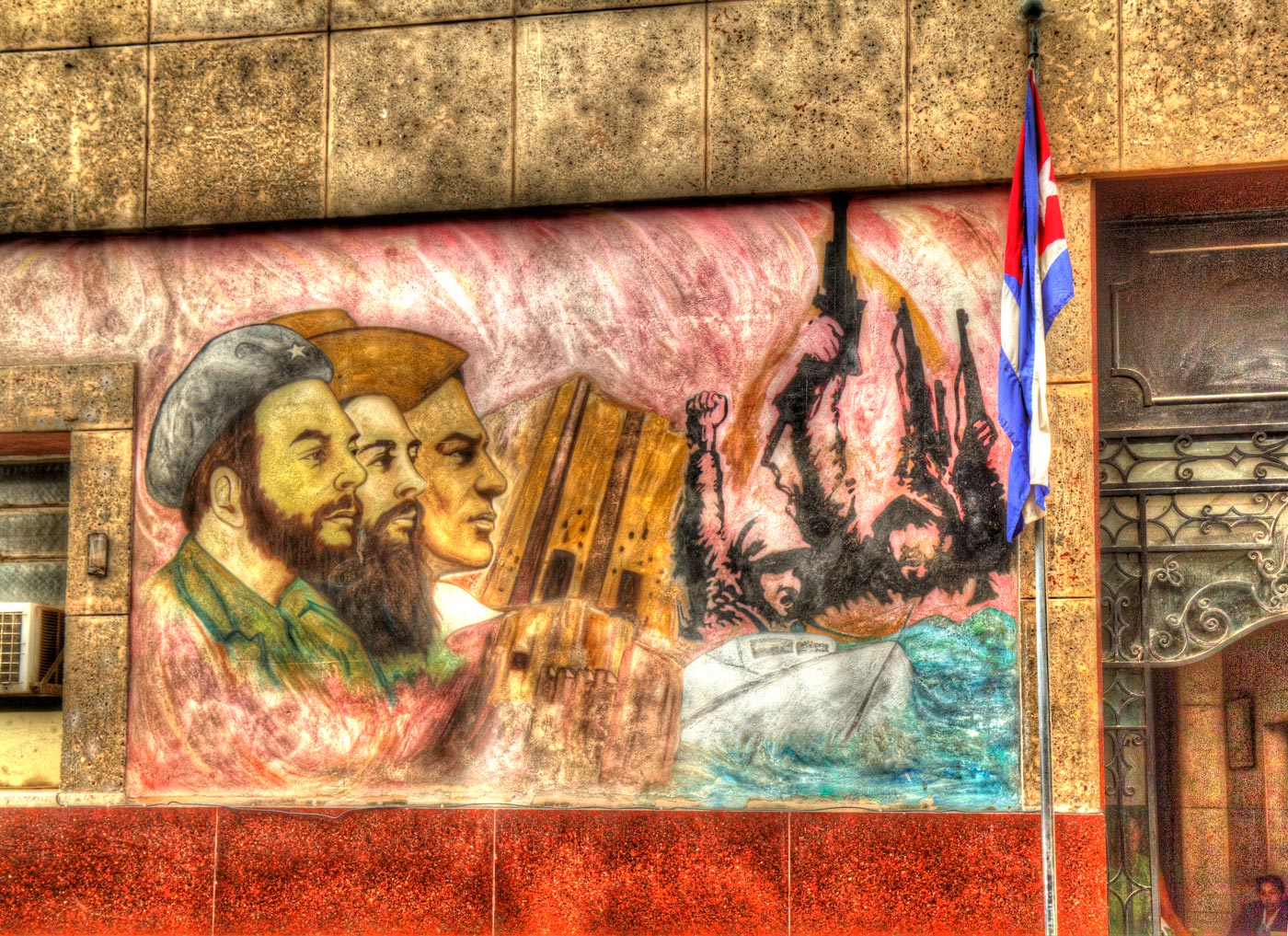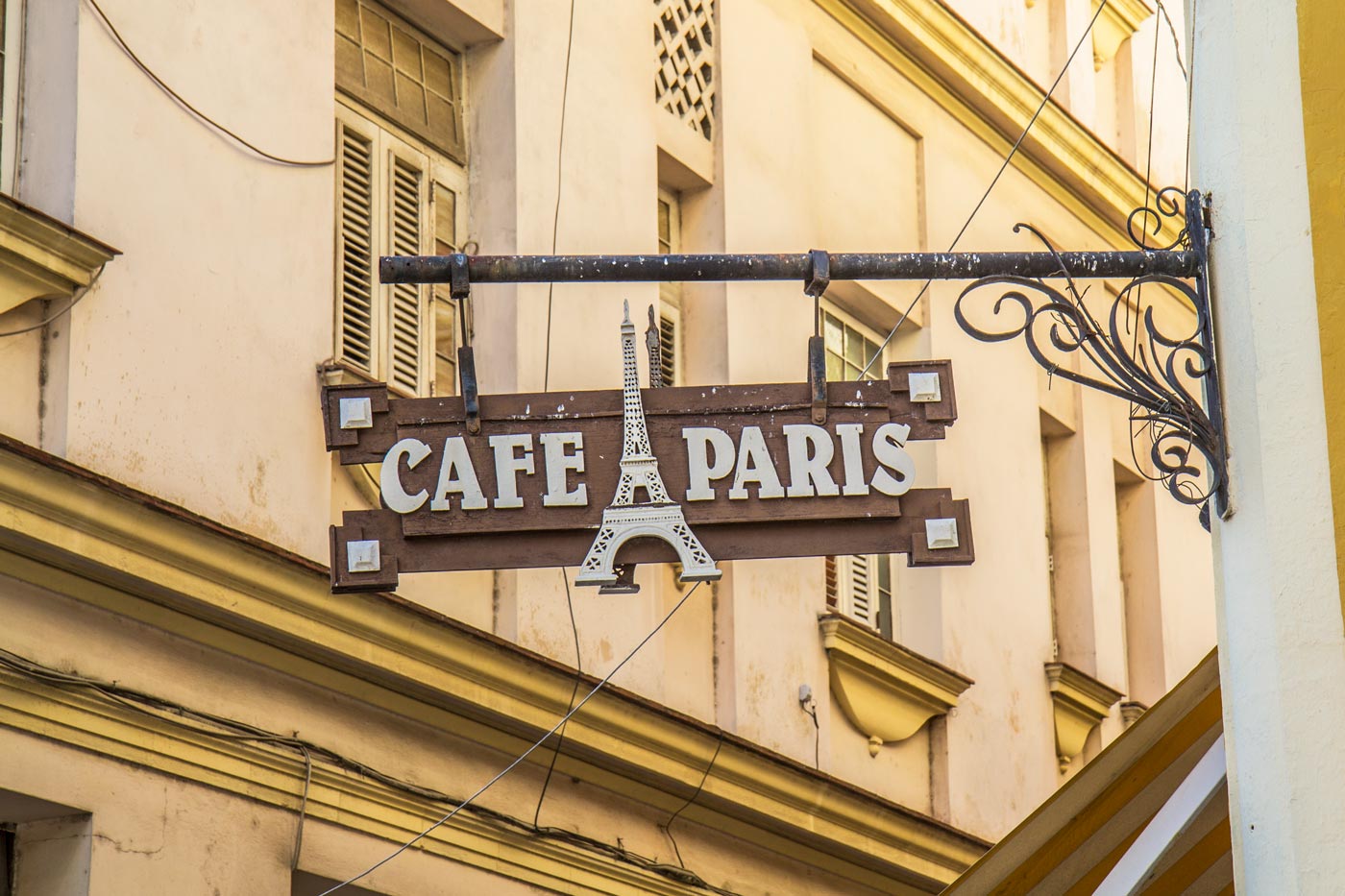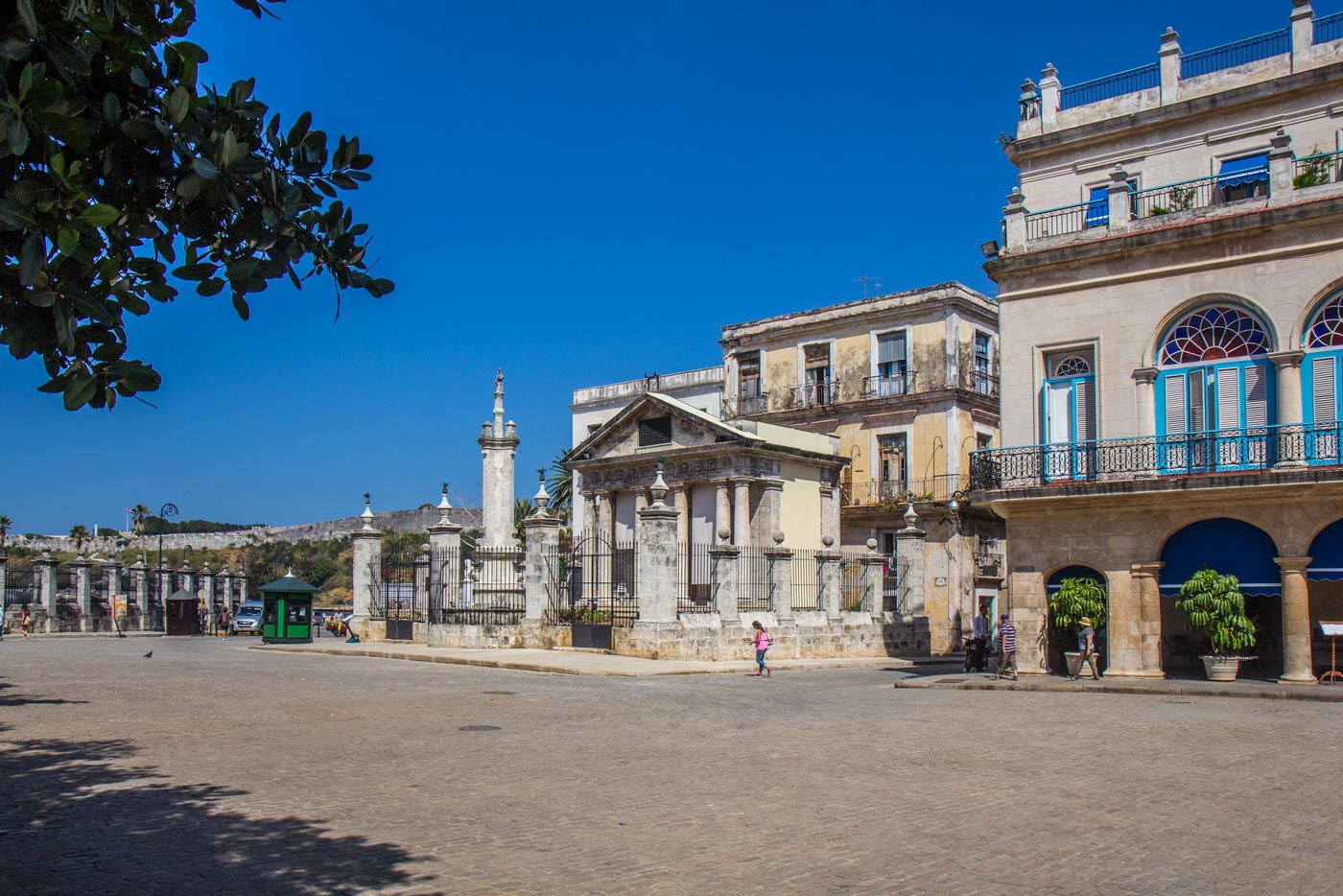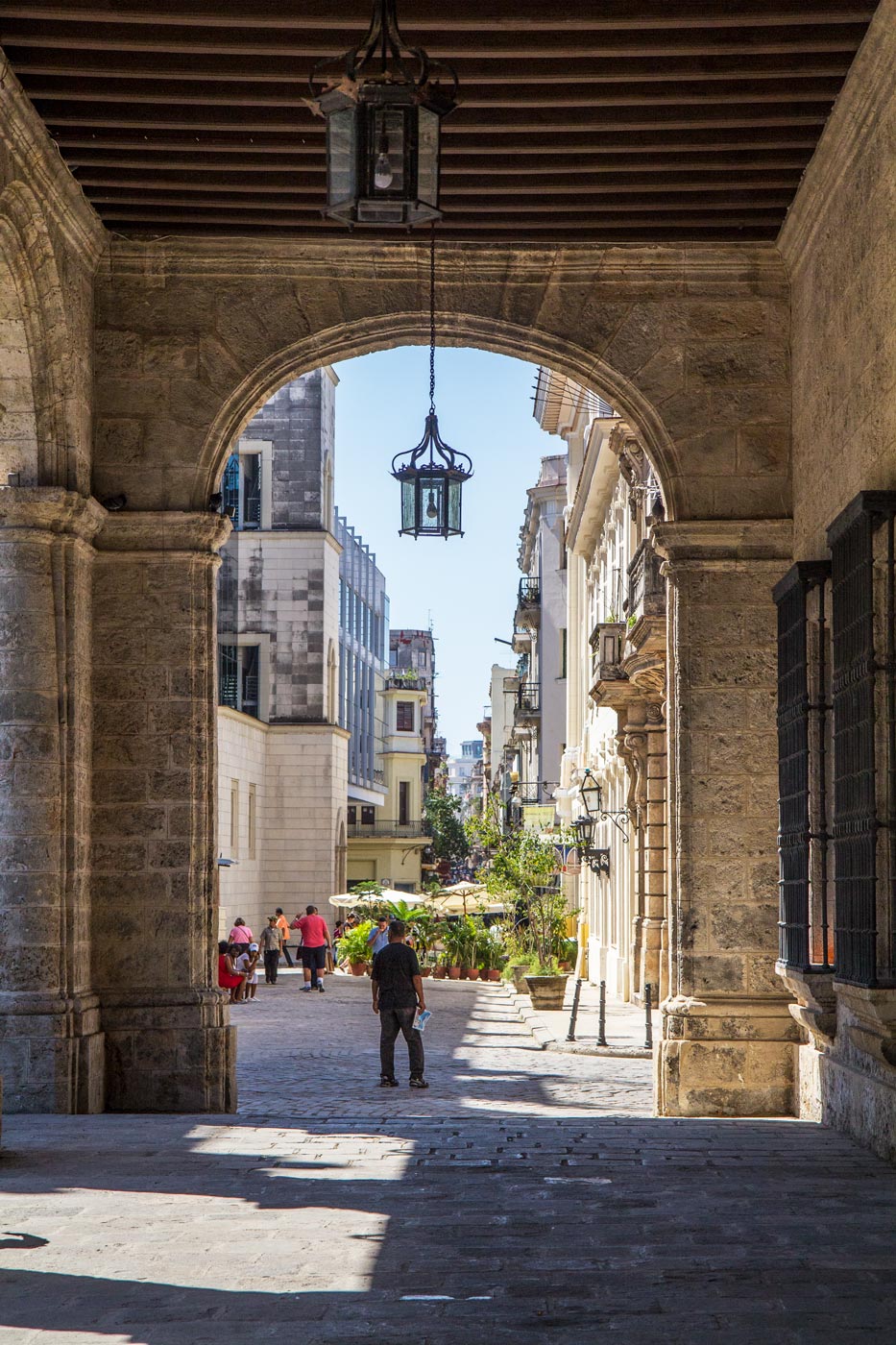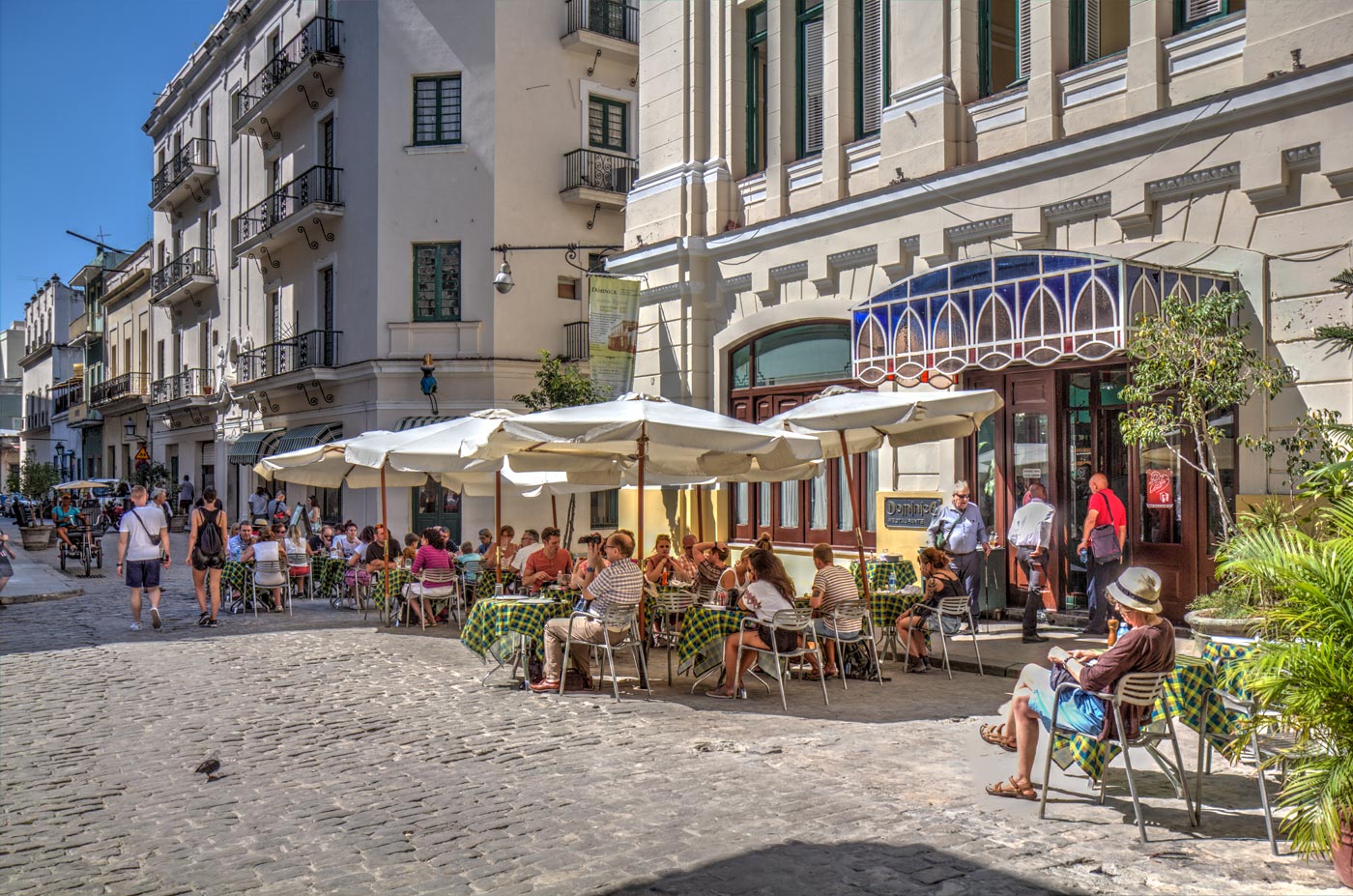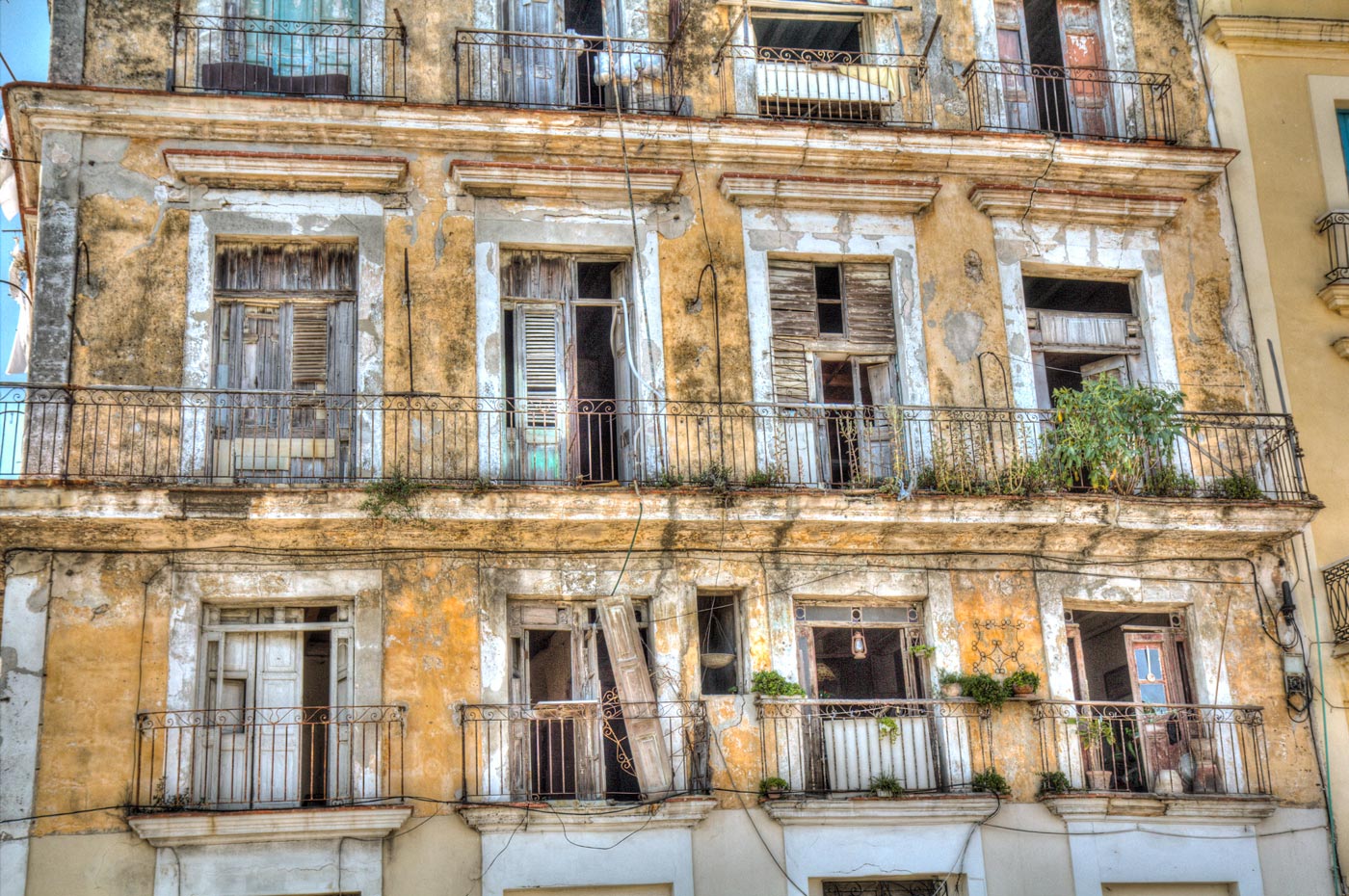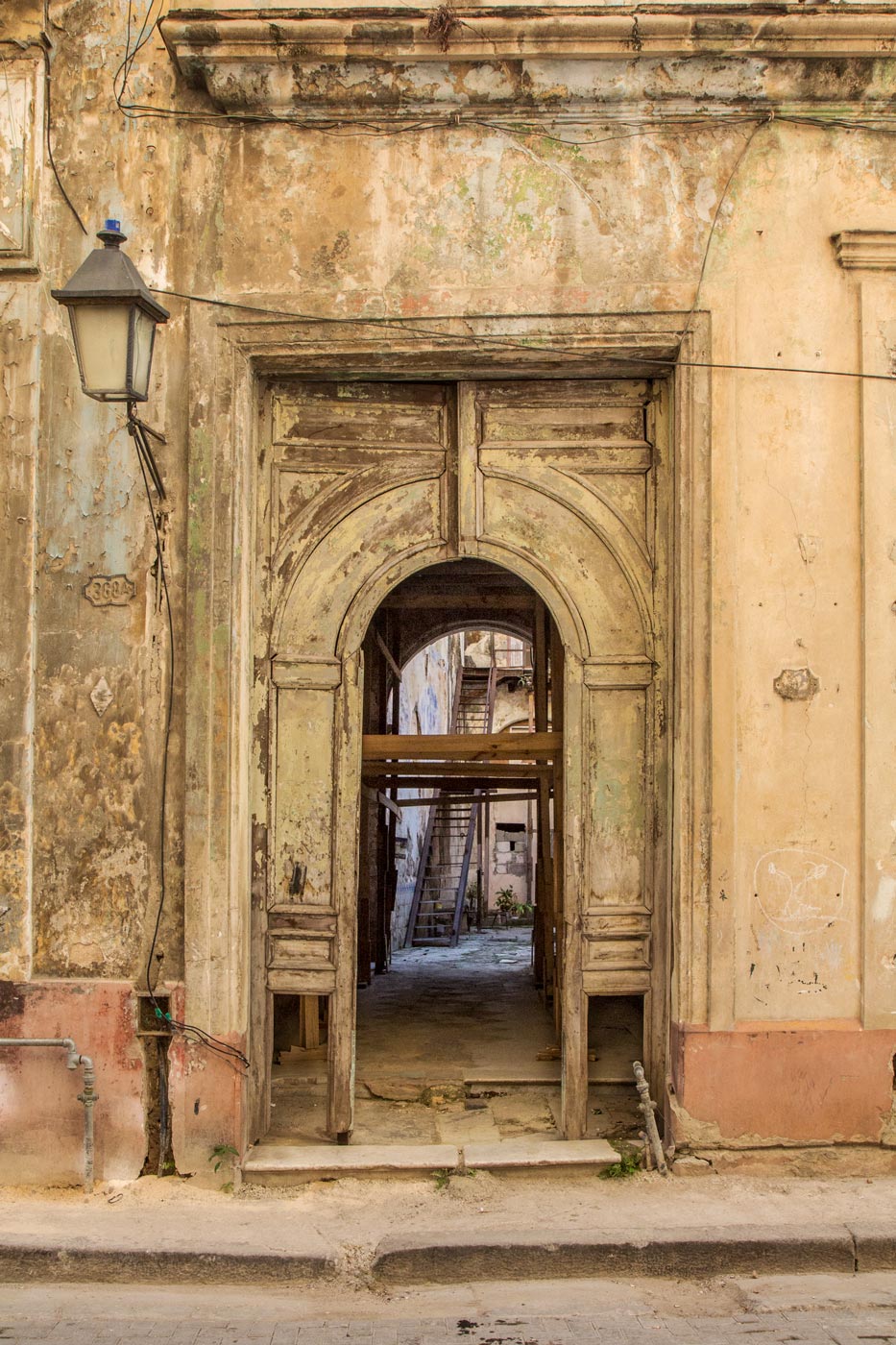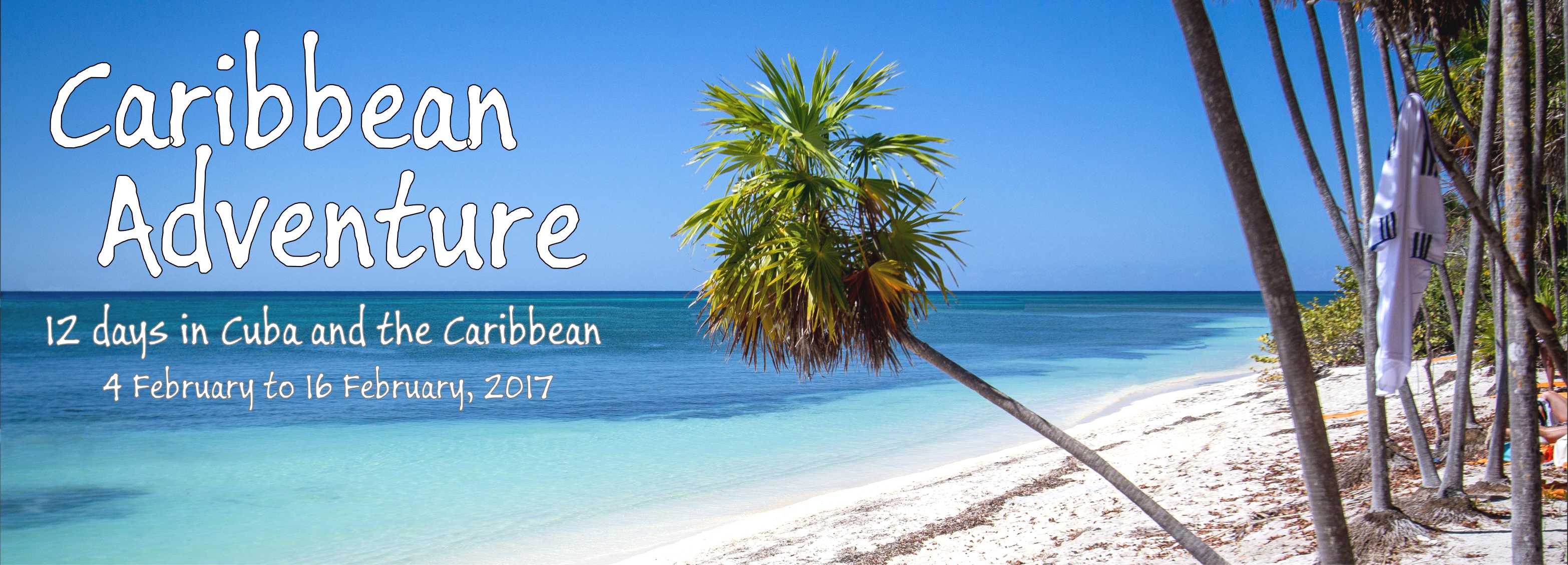
Havana
How does one see a city in a day and a half? The simple answer is, you don’t. In that time all you can do is get an impression of a small part of the city. Just get a taste. This was my second visit to Havana and I was looking forward to seeing more of the city.
Havana was founded by the Spanish around 1518 as a staging post for the conquest of the mainland. It was originally named San Cristóbal de la Habana. The settlement was built on an excellent natural harbour and over the centuries, as a result of raids by pirates and foreign enemies, the harbour was heavily fortified on both sides of the entrance.
In 1592 Phillip the Second of Spain granted Havana the title of “City”. The city prospered over succeeding years and became a major trading hub in the Caribean.
We arrived in Havana on the 7th, the day we were to board the ship. Our taxi gave us a drive around tour but that was rushed and frustrating. You can’t see much from a taxi window and you certainly cannot meet the people. I wanted to get out into the city.
We were dropped off at the ship about 3:00 but we had to wait to board so I got to walk out into the Plaza de San Francisco across from the cruise ship terminal for an hour or so. It was full of noise and tourists and music.
But, my walk was cut short beause we had to board the ship and that, as usual, was a lengthy process. Once on the ship we had to find our stateroom, get a bite to eat, catch up with our companions and explore the ship. In the result we did not return to the streets.
So our Havana experience was all too short the first day. The next morning, after breakfast I declared my intention to go ashore and Susan wanted to come along. The others chose to remain on board for reasons that totally escaped me! I must admit that the ship offered a tempting array of attractions but I wanted to see at least some of Havana.
From the walls of the fort one had a magnificent view of the Atlantic Ocean and the narrows at the entrance to the harbour.
Long outdated, history has passed these fortifications by. The old artillery pieces remind us of the power this place once had.
These old gun barrels point harmlessly inland now, a backdrop for tourist photos. All in all, probably a better use for them.
On the East side of the harbour overlooking the city is the statue of Christo de la Habana. This truly impressive sculpture was commissioned in 1953 and created by Cuban artist Jilma Madera. It is created from 67 blocks of Carrara marble which were personally blessed by Pope Pius the XII before being shipped from Italy to Cuba. It was dedicated on 24 December 1958. 15 days later Fidel entered the city in triumph.
Once we were across the harbour, by tunnel, we were driven through the old section of Havana where the rich once lived. It is now all embassies and government offices with a few still in private hands. Some of the old homes look beautiful and I can imagine how marvellous this neighbourhood must have been once.
We then went to the Plaza de la Revolucion (Revolution Square but it sounds dreadful in English) famous for its buildings with images of Fidel and Che on them.
The square is immense. It could hold hundreds of thousand of people and apparently has. Our guide told us that Fidel used to address the people here and it would be packed. It is reported that over a million people assembled to hear him here.
On one side is the Jose Marti monument with its great tower and extra large statue of Cuba’s hero statesman and poet. But it seems sterile. No cafes; no fountains, no shops, no Cubans. There are better places to spend an afternoon in Havana.
Across from the cruise ship terminal is the Plaza di San Francisco and the Basilica and Monastery of the same name. The Plaza is in the center of the old walled fort from the 14th century. Of course all of that is gone but the Plaza remains as does the Basilica and Monastery. The Basilica was built in 1580 thru 1591 and substantially remodelled in 1730. It is no longer used as a church. It is now a venue for concerts and it holds a collection of religious art.
When we came off the ship the Basilica was open and there was a beautiful concert of chamber music in progress. We spent a couple of hours there in the dark of the church, in the gardens and museum and climbing the bell tower.
This Plaque in colorful ceramic says that we are in the Plazza de San Francisco, as if we didn’t know that already. It is afixed to the wall of the Basilica. It is made of blocks of local stone which I think are ancient coral. I found some blocks where you could see portions of coral fans.
A Statue of Fra Juníper Serra i Ferrer, a Franciscan friar who established the first mission in Baja California and the first 9 missions further north in California of what would eventually be 25 missions in total.
Beside the Basilica is this lovely fountain called Fuente de los Leones. It is made of Carrara marble and created by Giuseppe Gaggini about 1836.
This old Plaza has been the center of Havana for four centuries. The first fountain is said to have been there as early as 1600. In 1836 it was replaced by a beautiful fountain made of white Carrara marble by Giuseppe Gaggini. This is the fountain that is there today beside the Basilica. This fountain is called Fuente de los Leones or the Fountain of the Lions.
As we entered the Basilica there was a concert of chamber music in progress and the sound was exquisite. The acoustics are really quite good. The building has been kept as it was and it feels like a church.
We went out a side door into the monastery which was open to us. Old now it has certainly seen better days but it was impressive. There were displays of old bells, of religious objects, crucifixes and the like. It was understated and very tasteful.
Then we found the stair to the bell tower and we walked to the top. There was a guard there and he encouraged Susan to ring one of the bells which she did.
The Basilica de San Francisco de Asis seen from the street that leads to the Plaza d’Armas. Susan and I climbed to the top of the bell tower a few hours before this picture was taken.
The Great Door to the Basilica leading to the central isle and the Altar. It was closed on our day there but we were admitted thru a door to the side isle for 2 pesos each.
Although no longer used as a place of worship, the sacred atmosphere of this old church has been maintained.
Made of local materials, and with Italian marble a long way off, this building lacks the polish and lustre of an Italian Basilica but, nevertheless, it exudes charm and warmth. One can sense the history in these walls.
The religious nature of the building has been tastefully maintained.
The Fountain of the Lions in the Plaza from the bell tower on the Basilica. We were able to climb to the very top and Susan got to ring one of the bells.
This massive doorway was in the Monastery. It was closed to us but with such a massive entrance it must been important once.
In one room we found a simple collection of crucifixes mounted on the bare wall. Very effective as a display!
All through the building and outside by the main door there is a large collection of bells. I cannot imagine they are all from this one church and I am sure they were a collection from across the city or even the country.
We walked around on the roof and had a great view of the plaza below, the cruise ship terminal across the road and the Armonia at the dock.
This was a couple of hours well spent. It is a museum now but it still feels like a church. The building is massive and very well preserved. The museum aspect is tasteful but a little thin. I think there is not enough money to create a first rate museum. But they certainly have the artifacts and the space. Much of the monestary was closed to the public but I think they have much more space than they need for the present exhibits. next time in Havana we will return to this building. There is mor yet to see!
We were able to wander in the monestary as we pleased. No one stopped us and we were able to explore as we wished.
Susan in the bell tower pointing to the cruise ship terminal and the MSC Armonia beyond. We were largely alone here except for a few custodial people keeping an eye on things.
There was no one around and we were free to walk pretty well where we wished. It was a great day for exploring. Not too hot and the sky was sunny with great white puffy clouds. Very comfy for a walkabout.
In Varadero and here in the city there was music. Obviously it was latin and it was excellent. In fact I heard no bad music in Cuba. I wish we had time to spend an afternoon in a restaurant like this, drinking coffee, reading guide books, taking pictures of people. Public gathering places like this tell you more in an afternoon about a place and its people than all the tour guides and books.
Before the Castillo de la Real Fuerza in the Plaza de Armas are these old canon where Susan took this licture of me.
The Plaza de Armas and El Templete in the center of the picture. It is a monument to the founding of Havana in 1519.
There is a side to Havana that I find puzzling and disturbing. Not knowing enough about it I don’t want to be critical or speak unkindly but it is a part of the reality. Much of the city is falling into ruin. We saw it everywhere both walking and on our short driving tour. Some building are in a terrible state.
It is a shame because you can see under the ruin that this city was once a beautiful show piece. In its more prosperous days it would have been a sight to see! We saw buildings that are beyond saving, and many that could be restored.
I have no idea why it is like this. There is obviously a lack of wealth to invest in the City’s heritage. Whether this a result of the communist economics of the government or the embargo of the Americans I have no idea. But I do know that it is sad.
This building is just off the Plaza d’Armas in the heart of the old town. From the looks of the windows on the bottom right at least some units are still inhabited.
And that was our taste of Havana. It was my second time there and I found much to charm me. I was not terribly impressed on my first visit. I don’t know why really except that it was so short and I was on a tour. I don’t like tours. I find it more to my liking to travel slow, enjoy the coffee bars and the pubs, take museums in moderation, and get to know a place. I know that is not very cultural in the view of some. But to me it is very cultural. I want to get among the people and experience the real culture and not the frozen sterile imaginings of the museums.
However, this time, knowing my way around a little bit, I liked it. I had no time to sit and have a beer and listen to the street music, I did not see the Capitolio, I only saw the one church and it is not even a church now and I did not get to prowl the fortifications across the harbour. I look forward to giving this city some serious time in the future.



